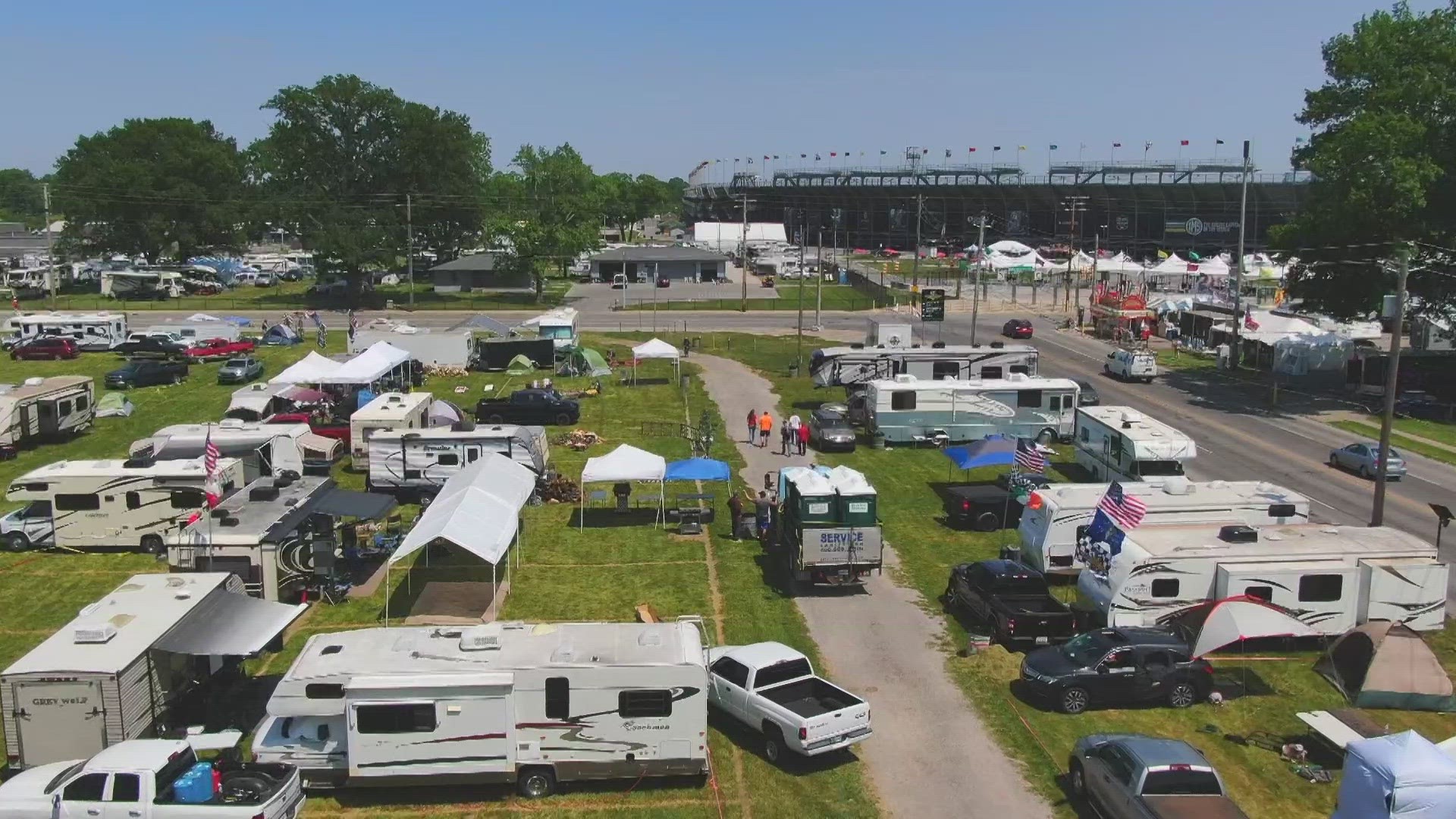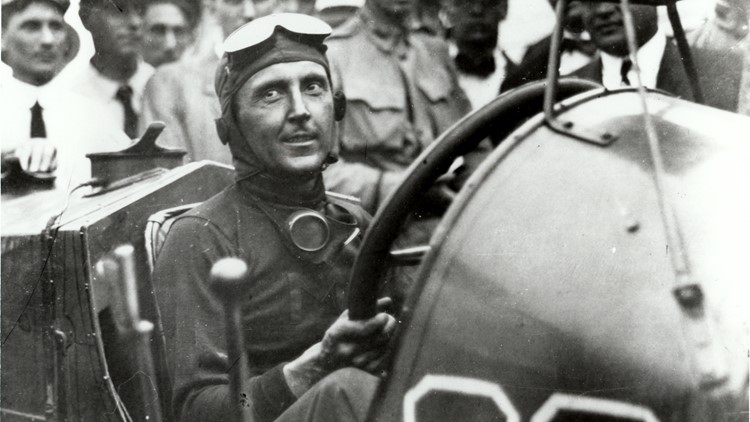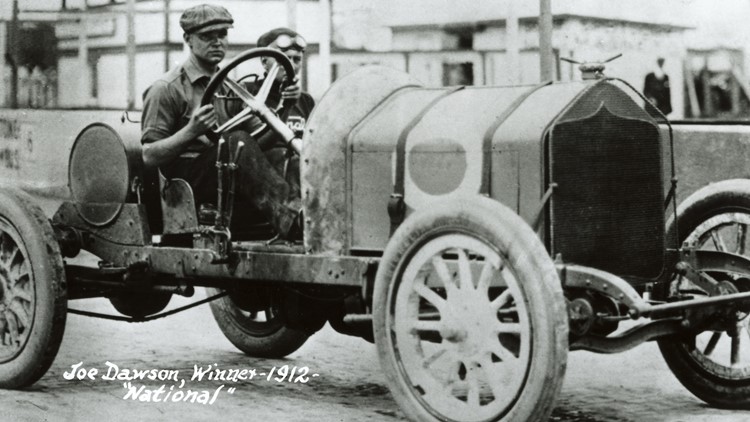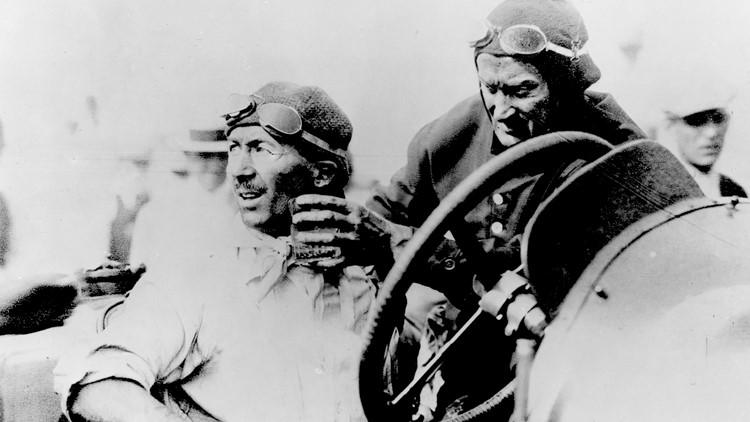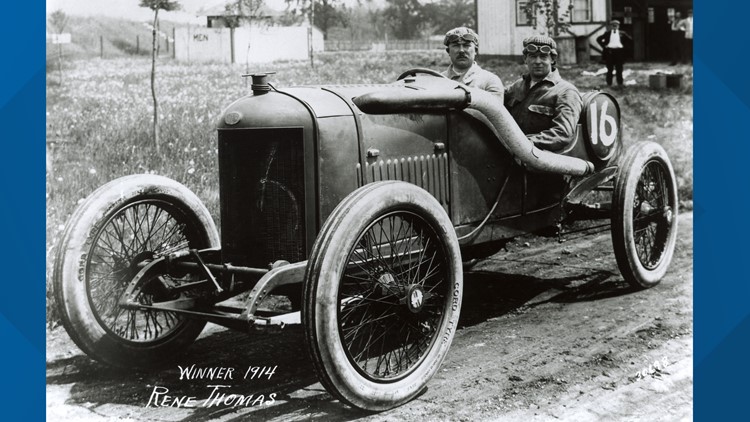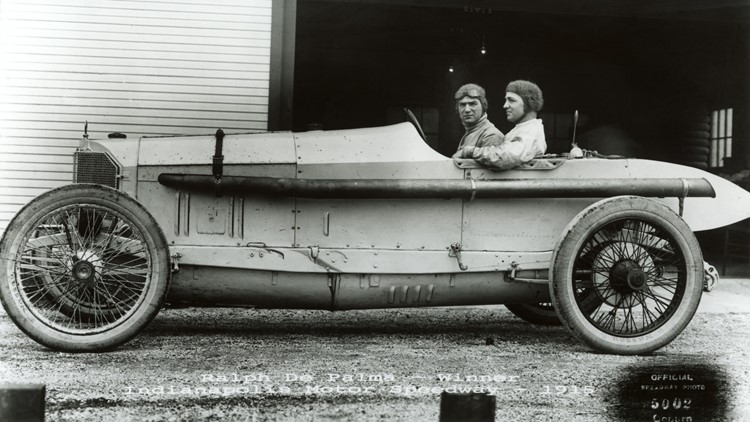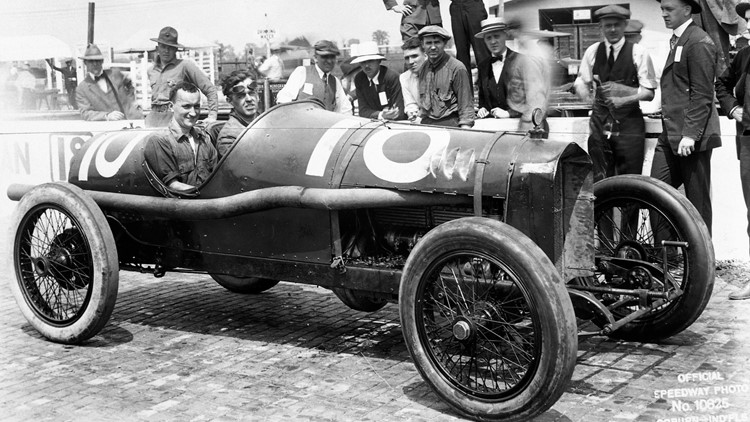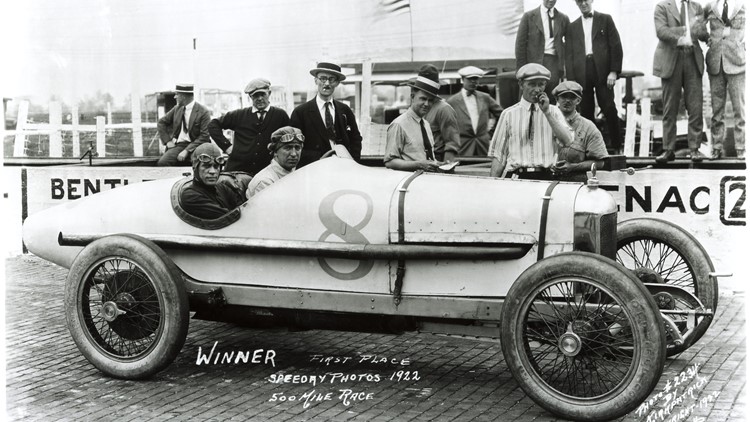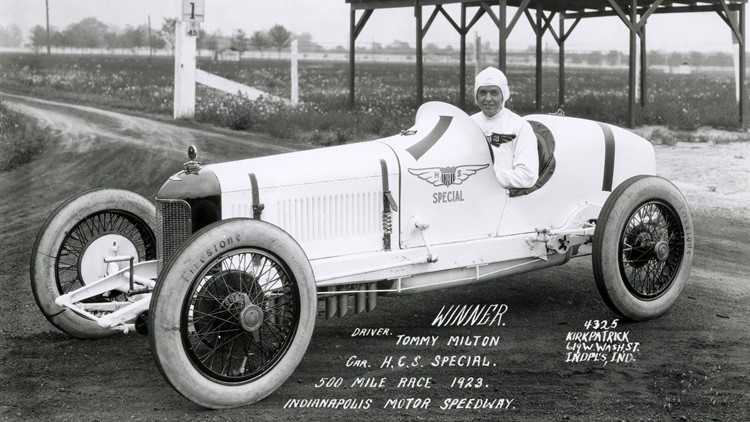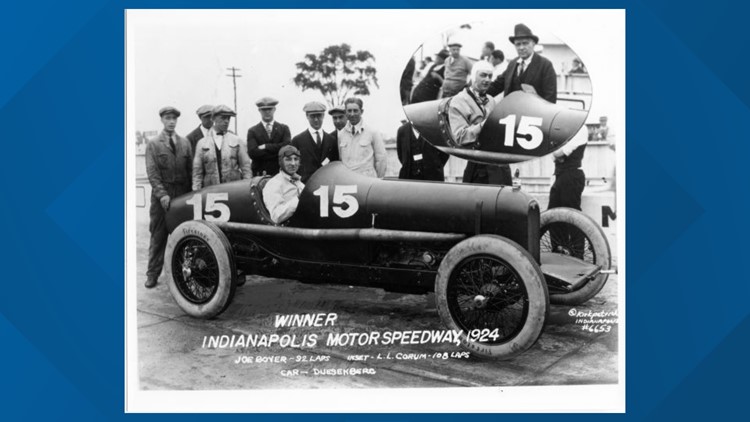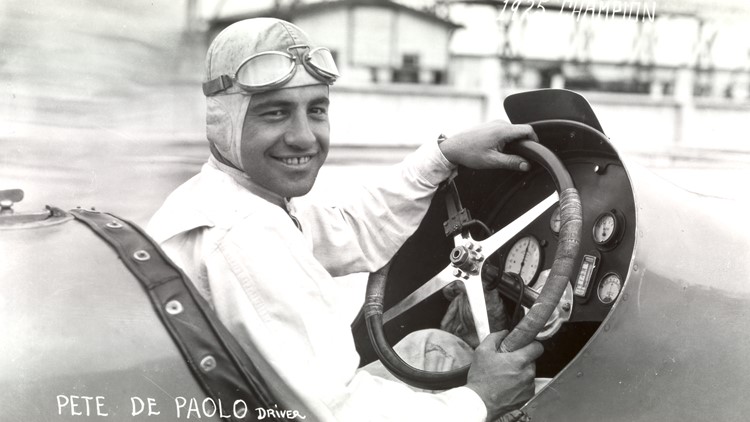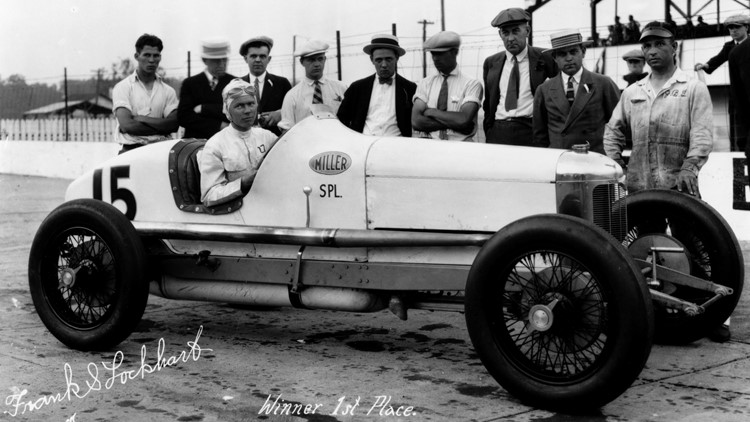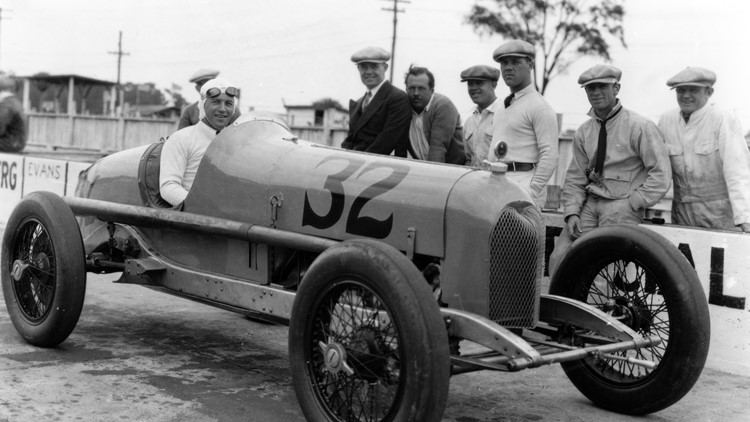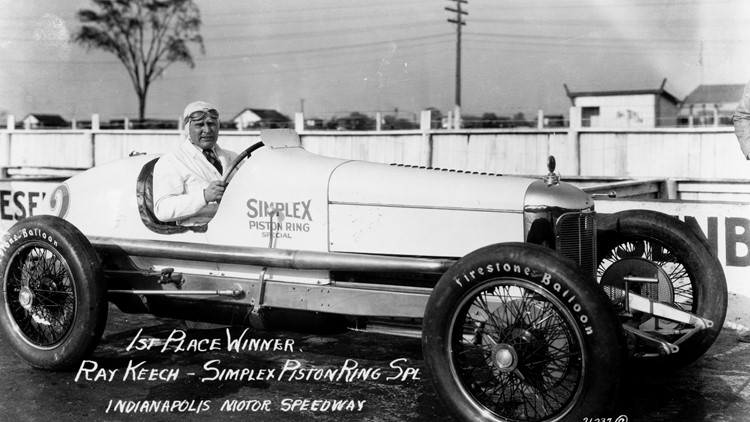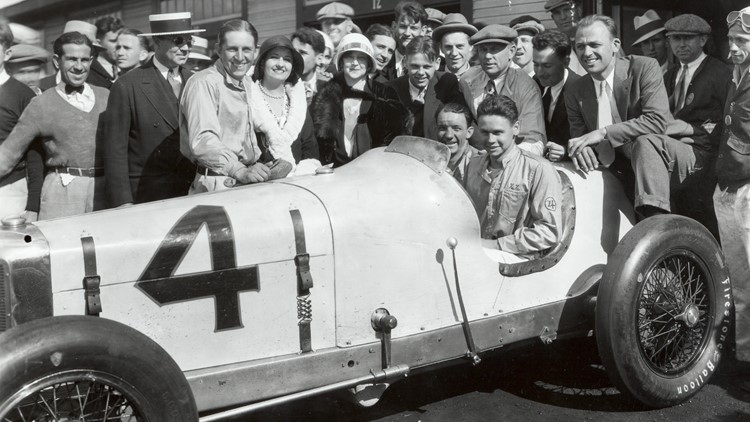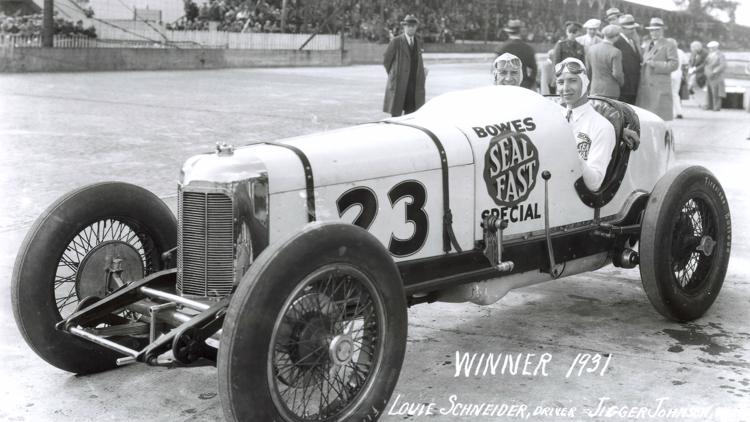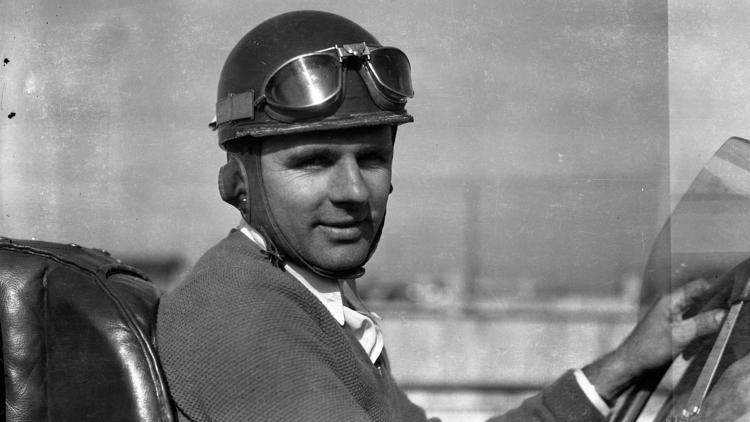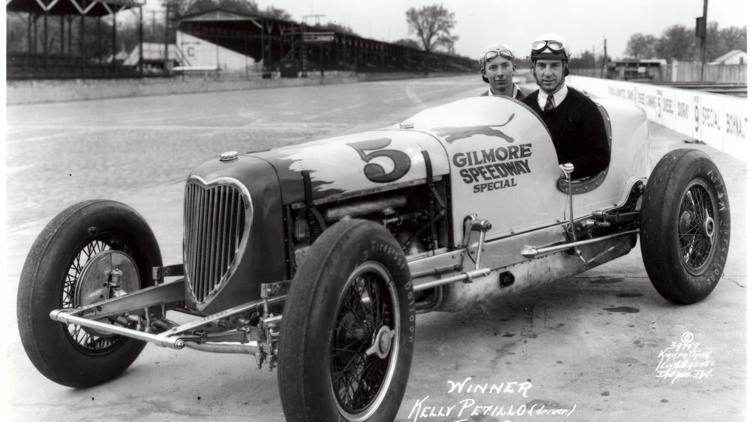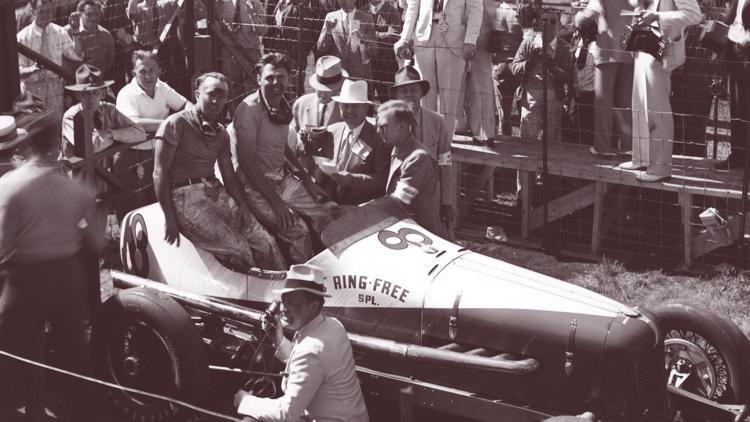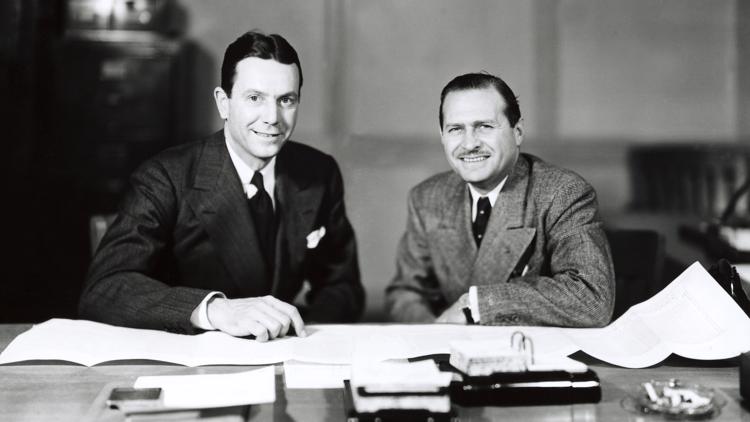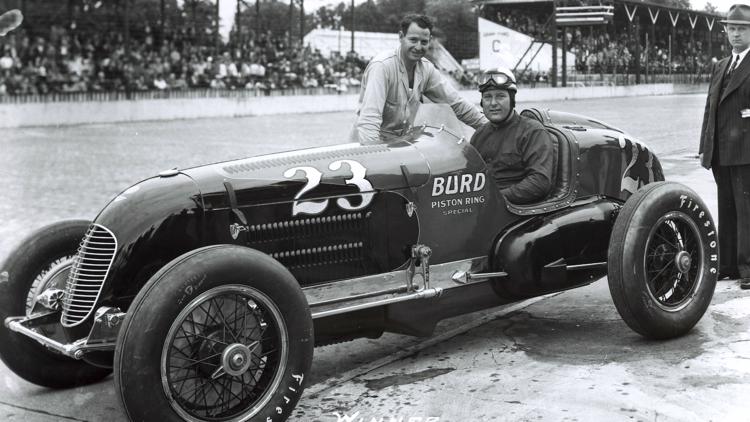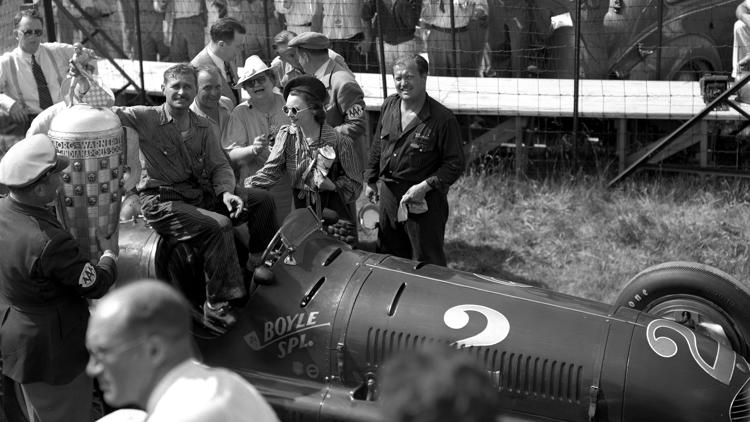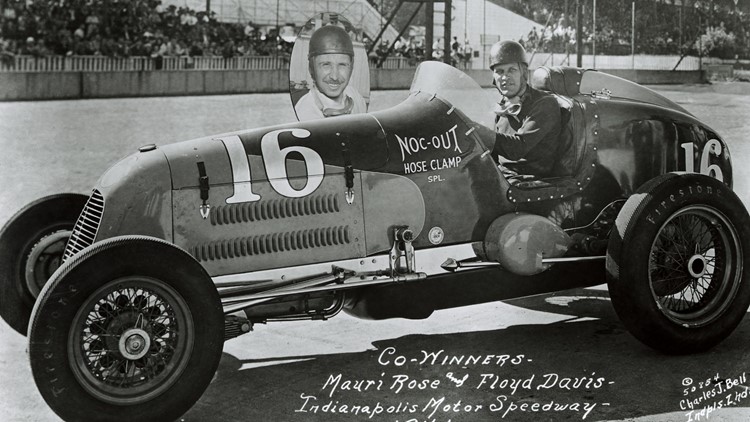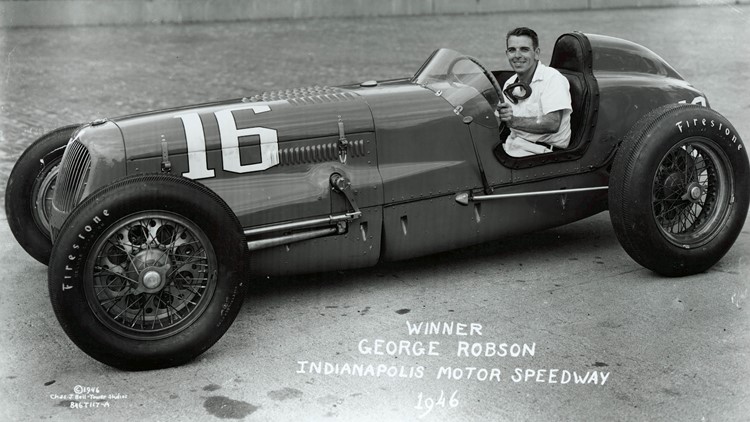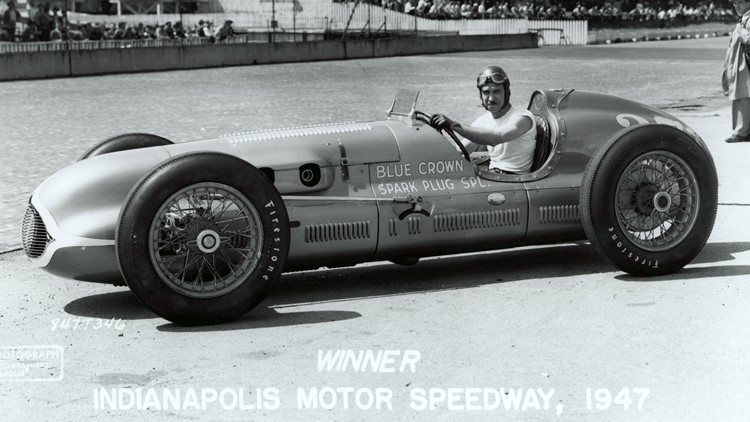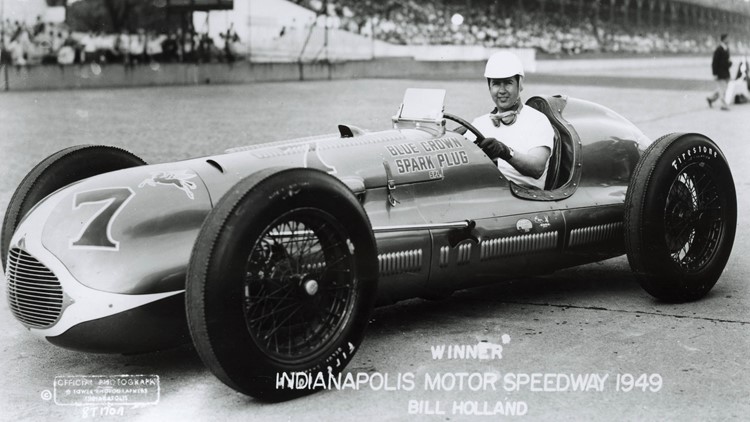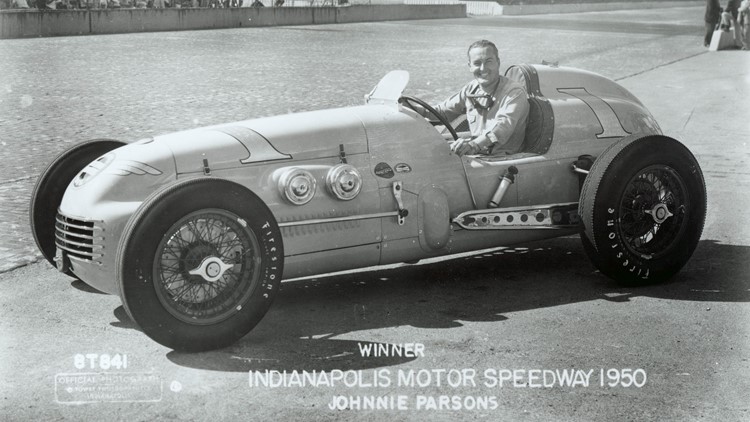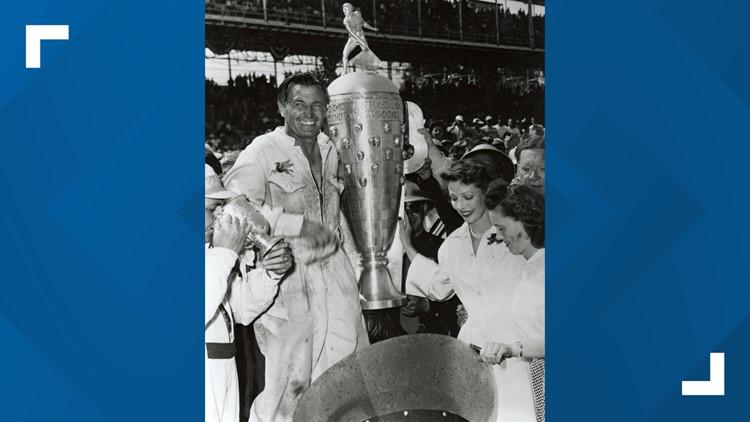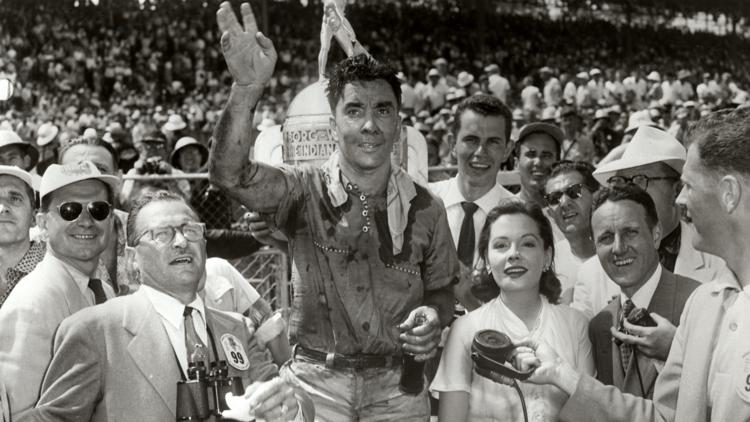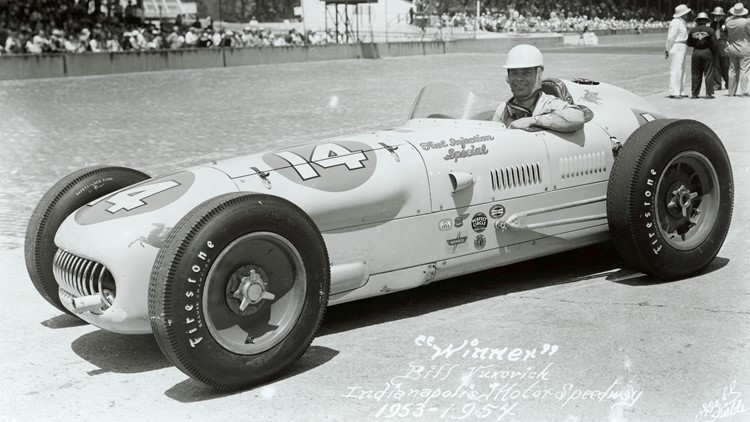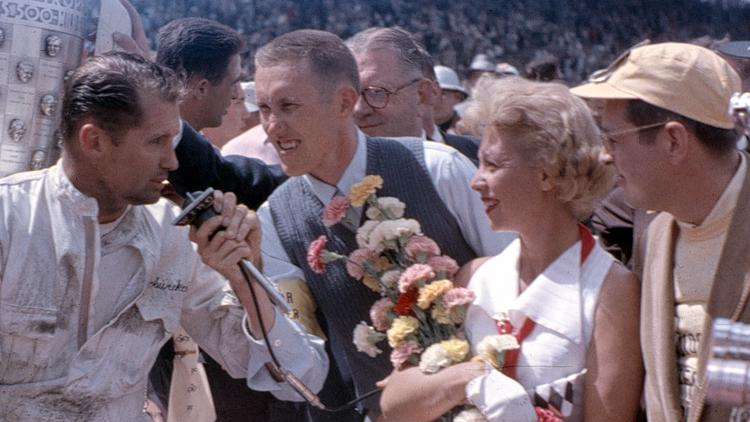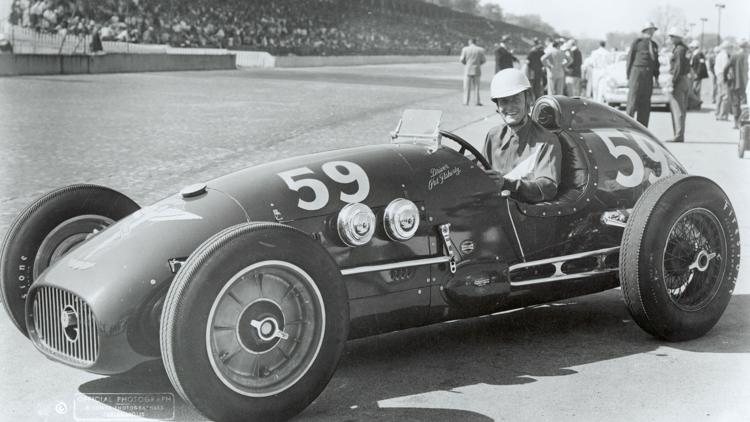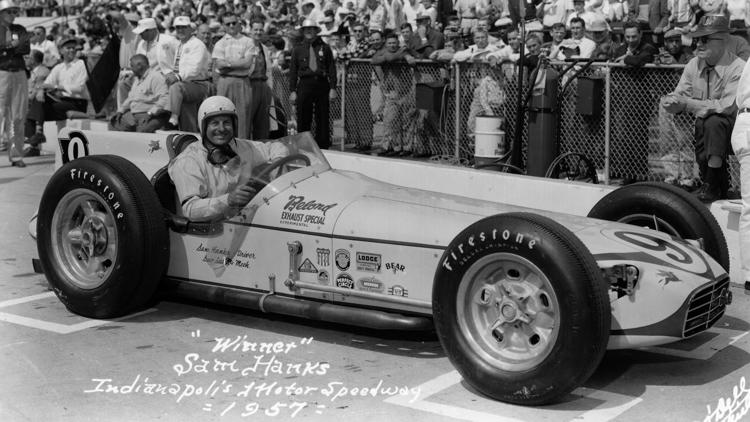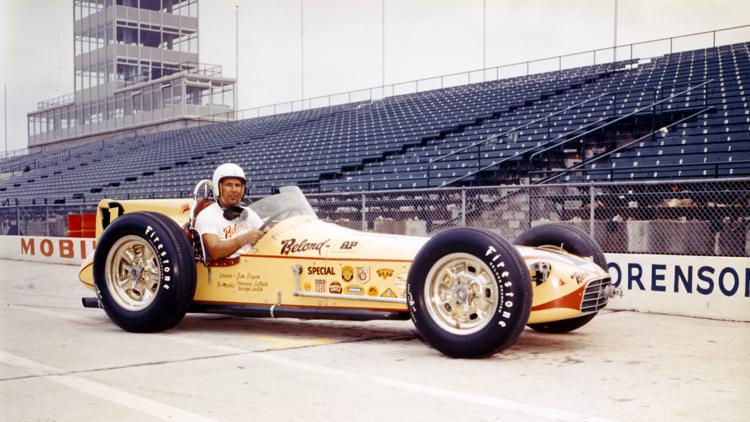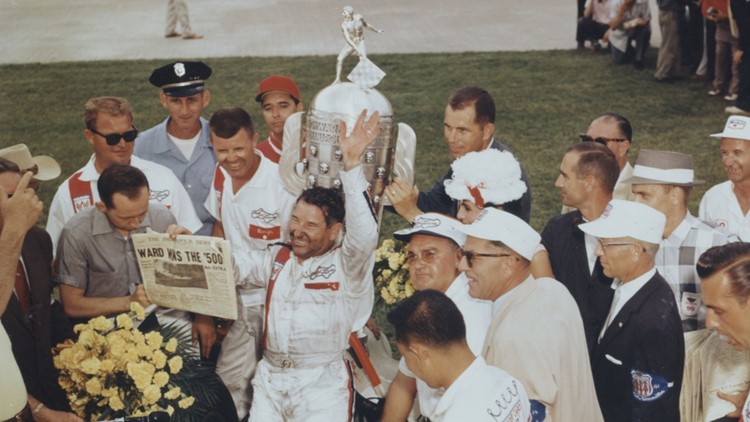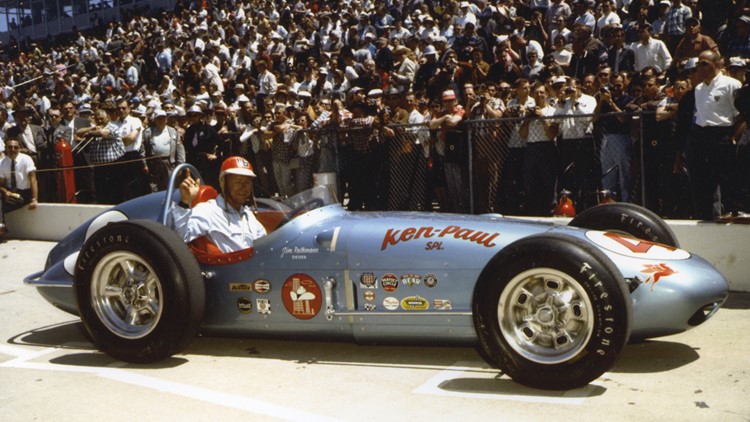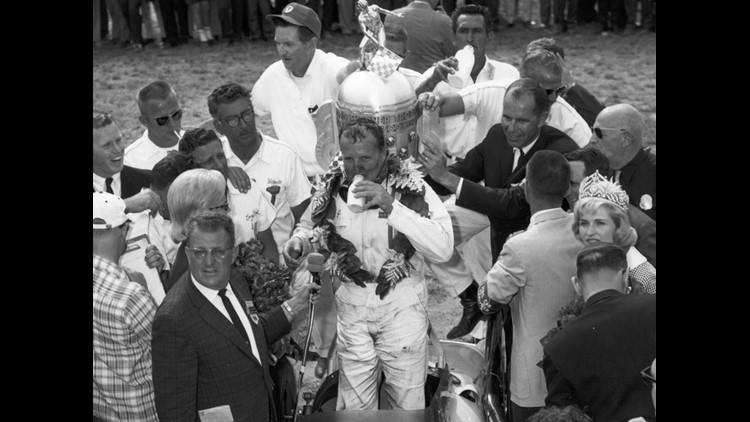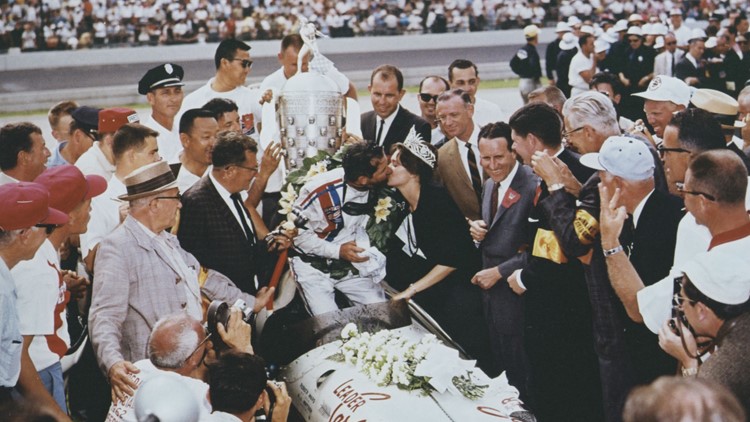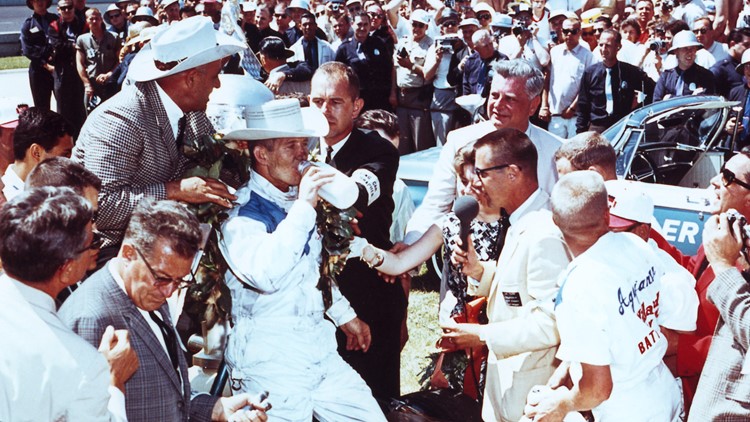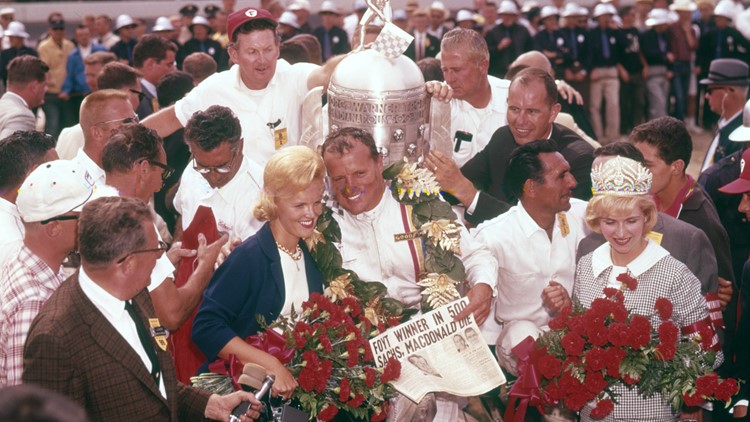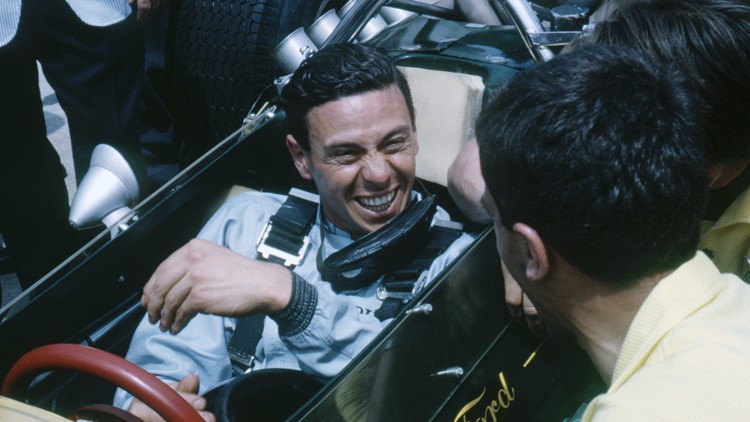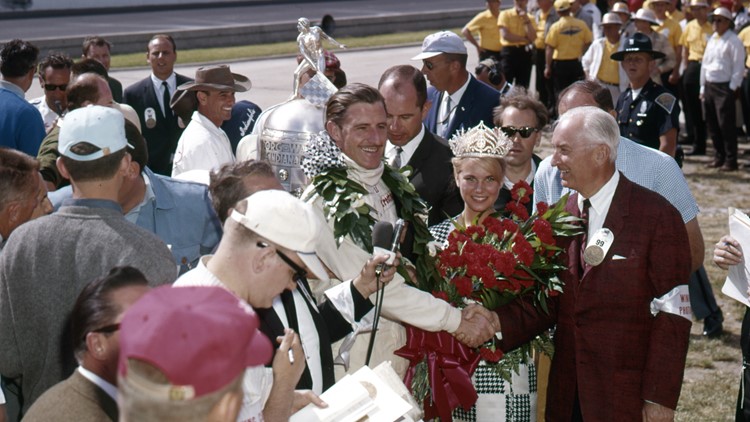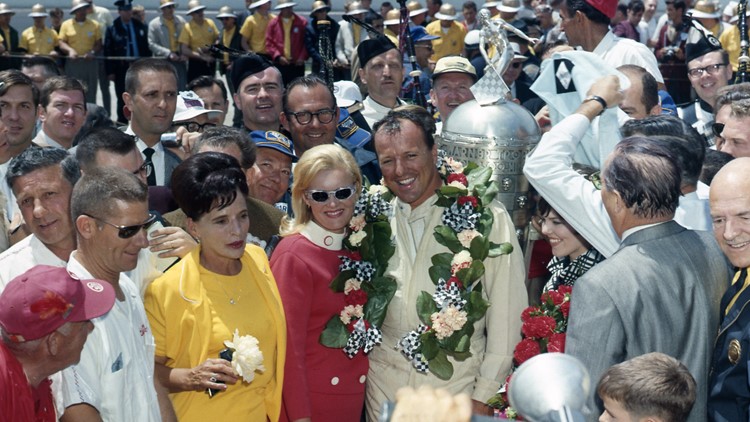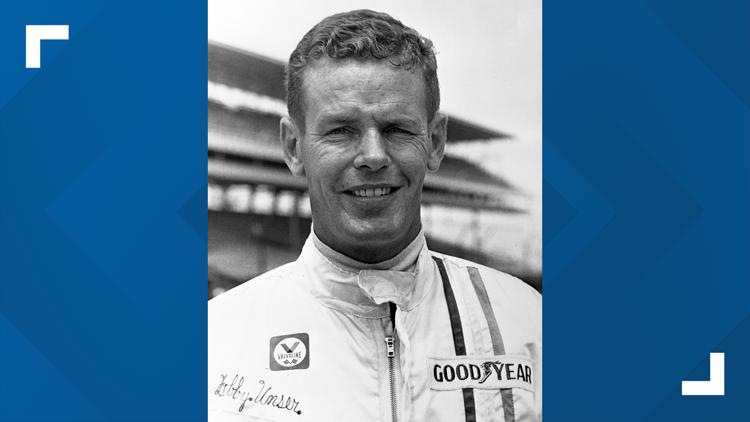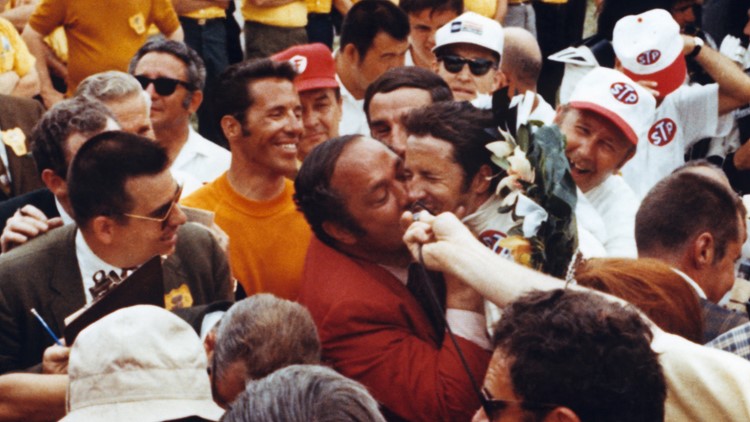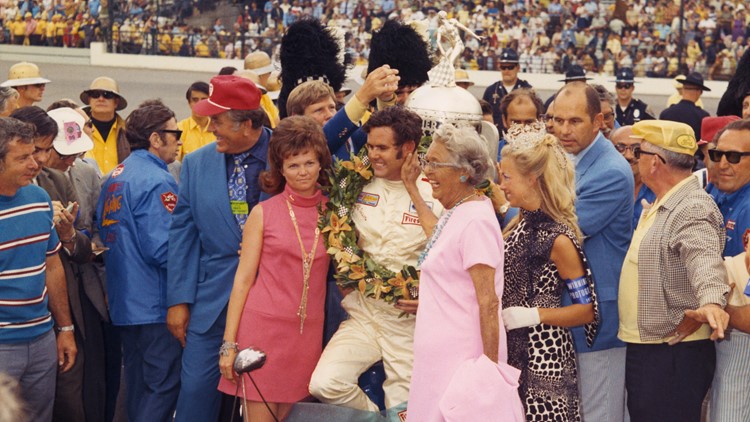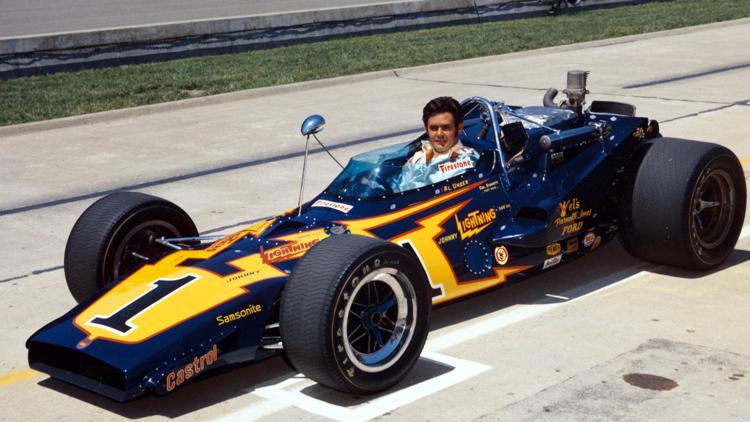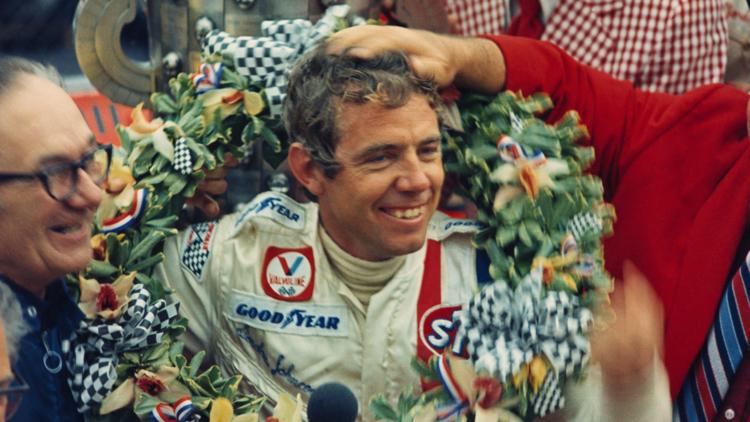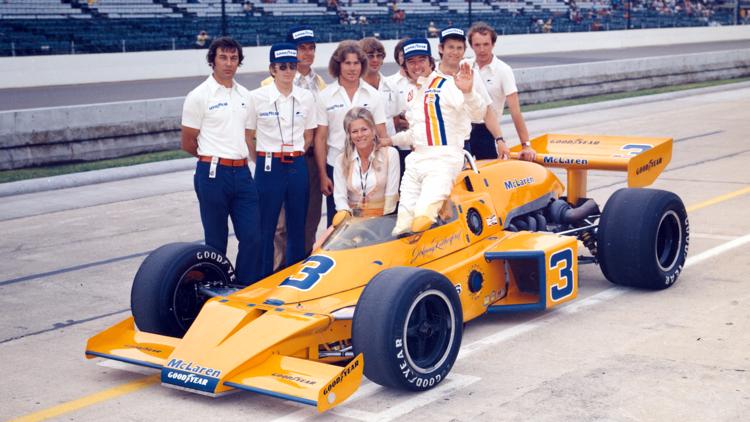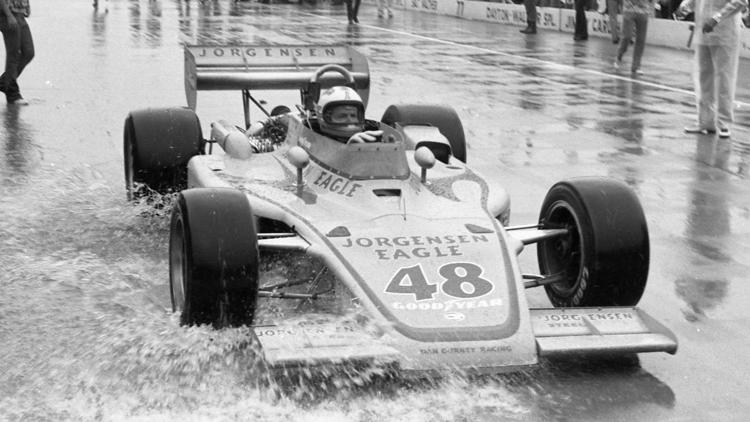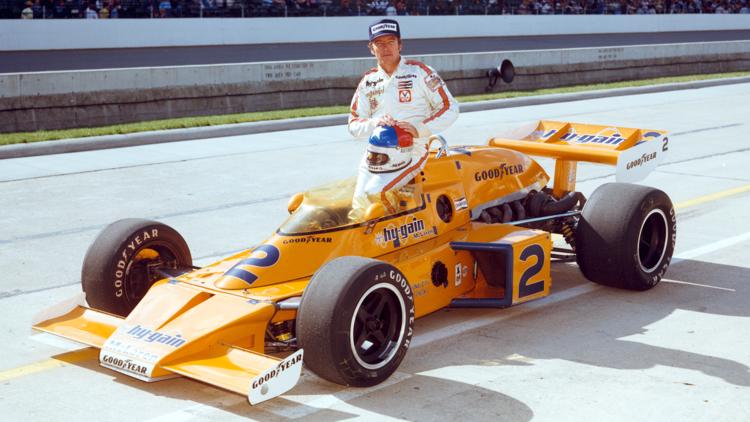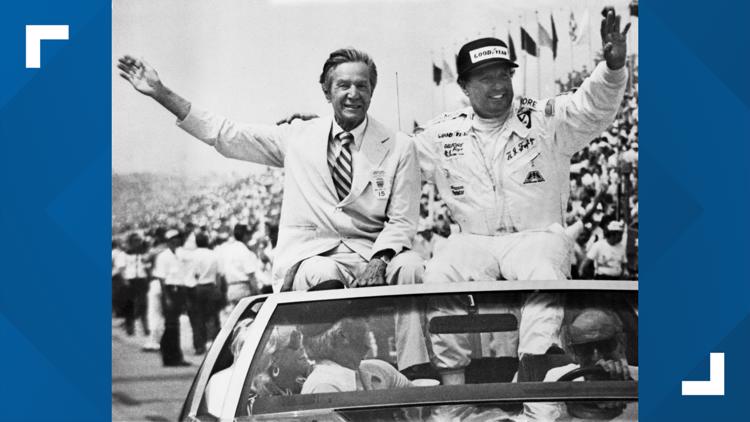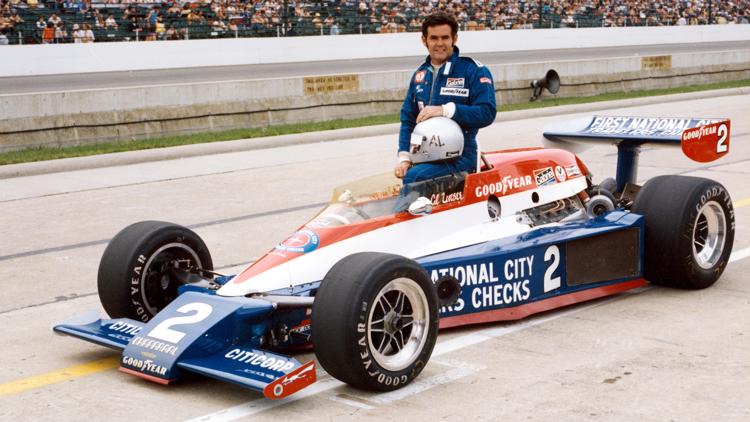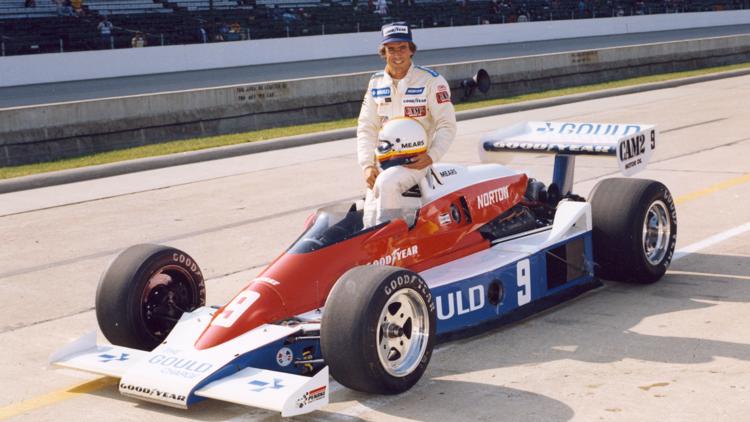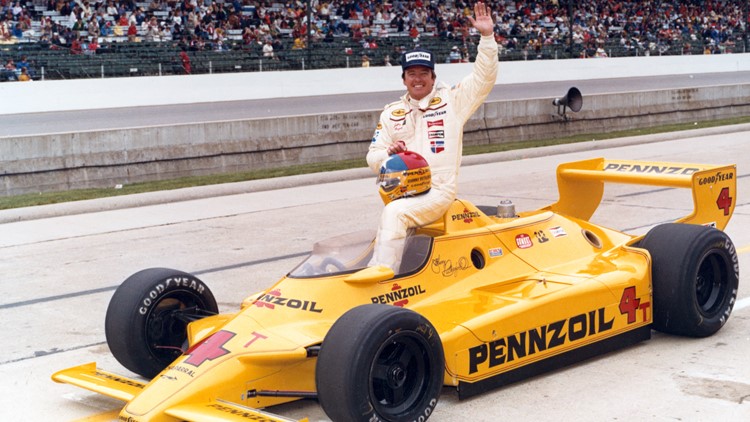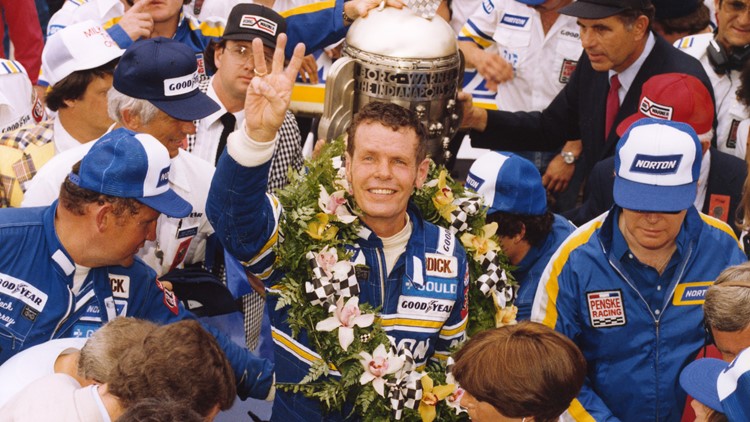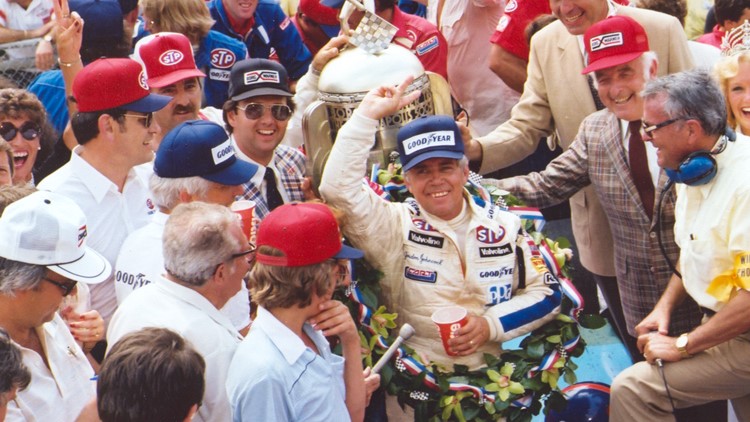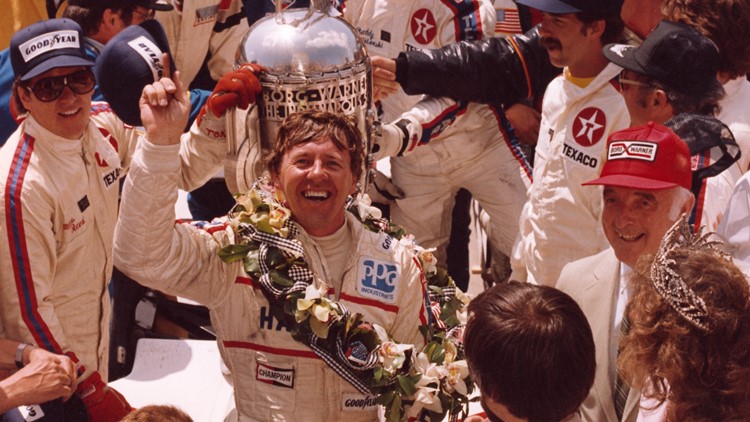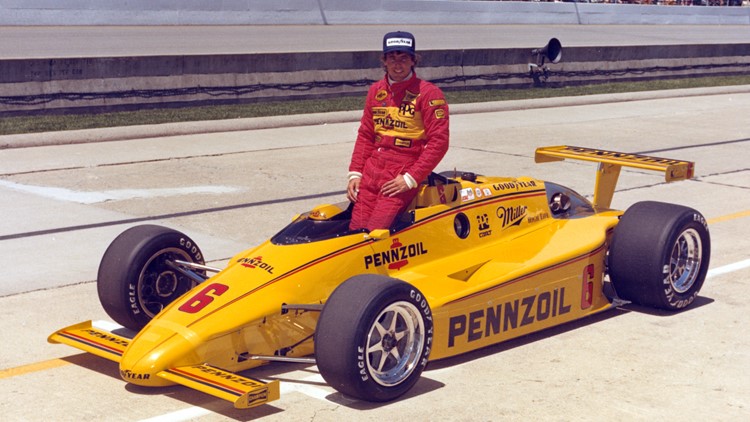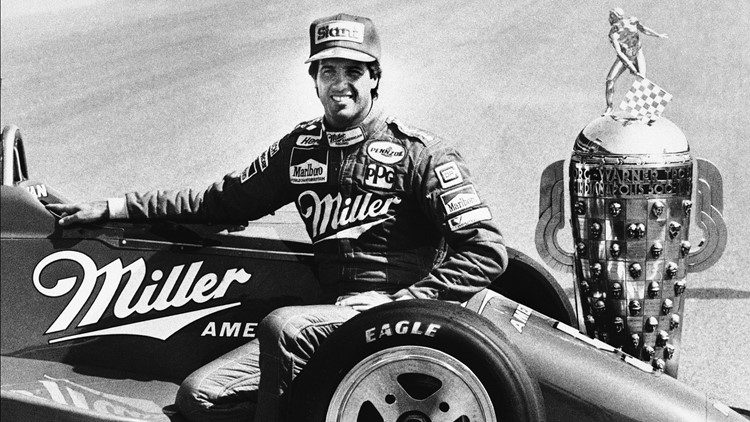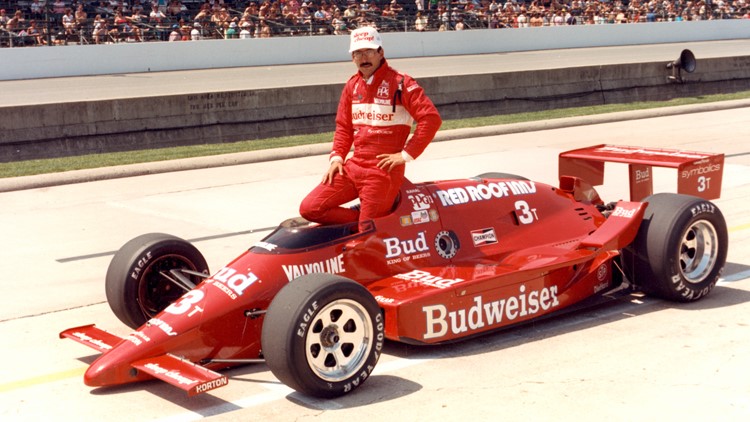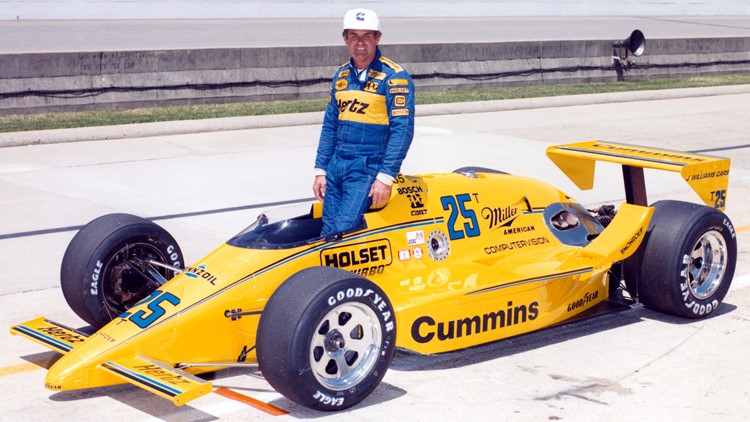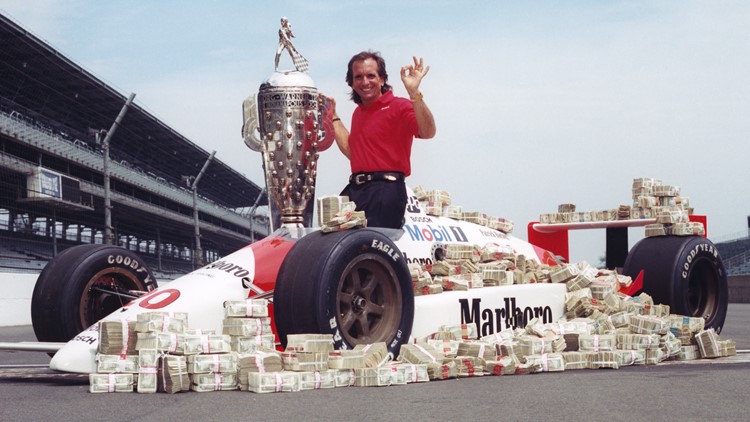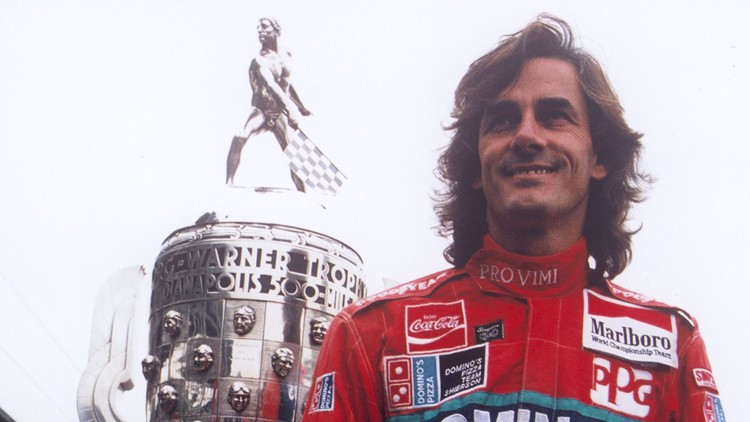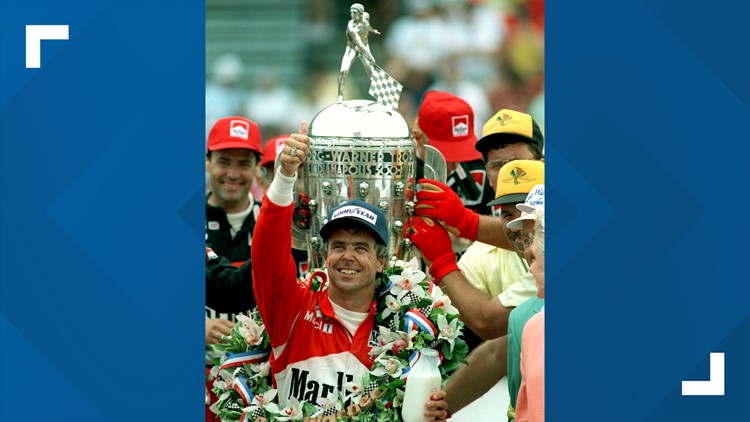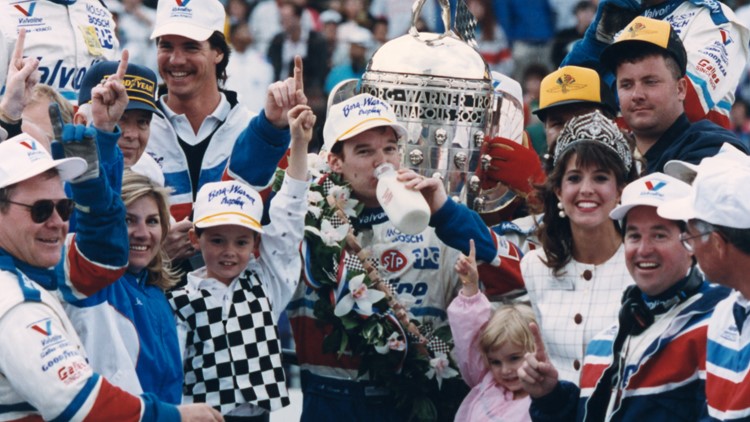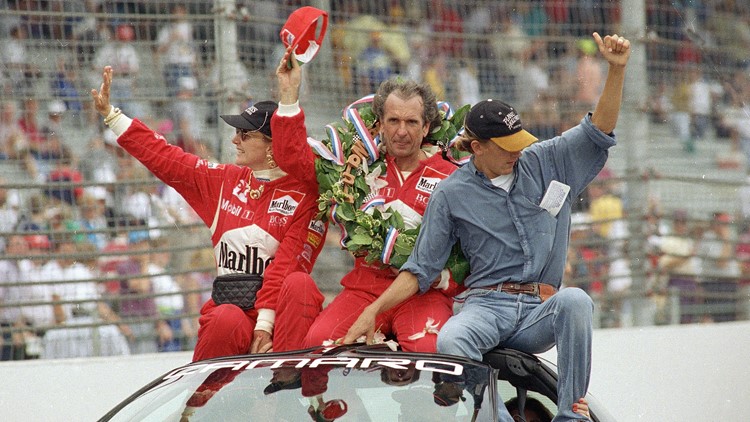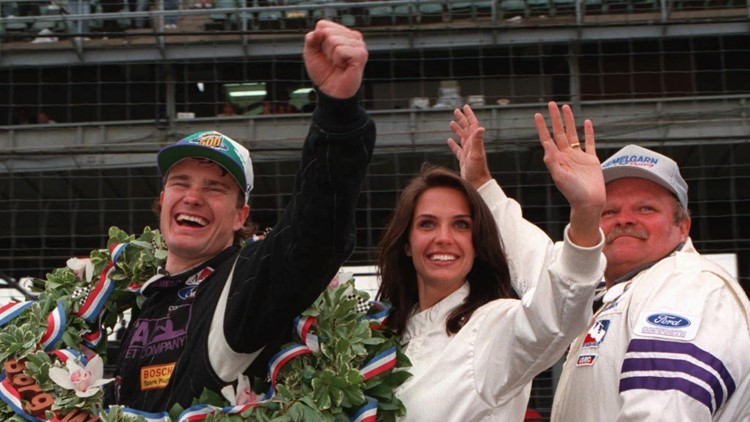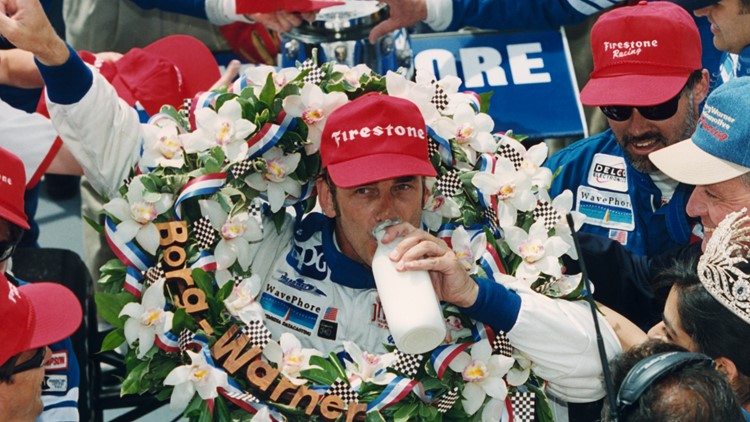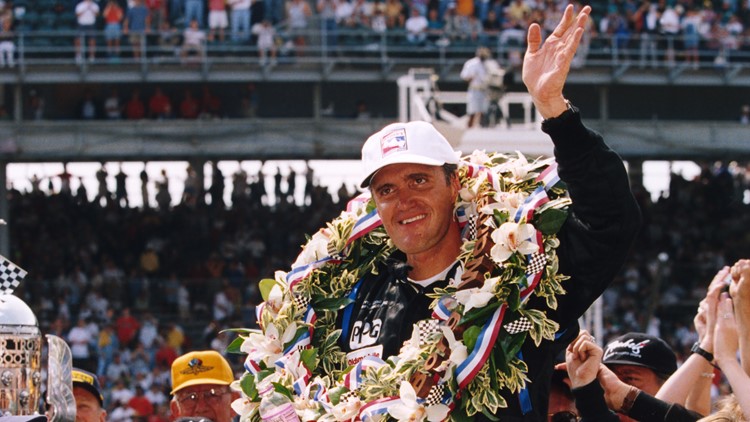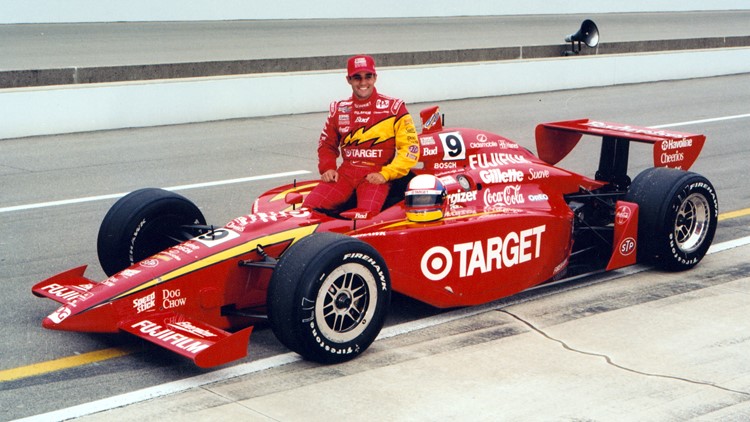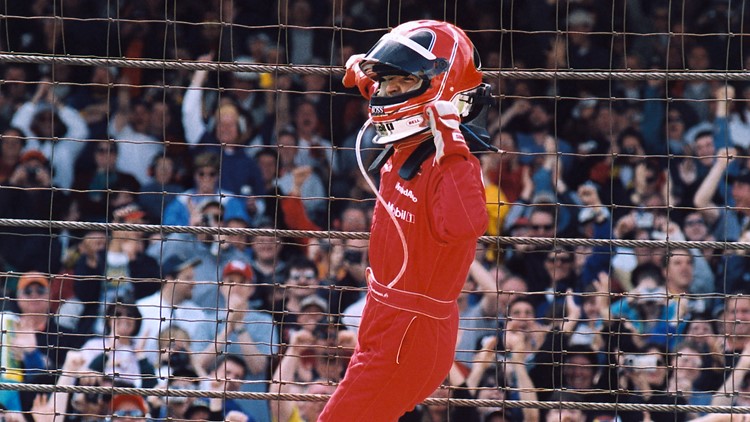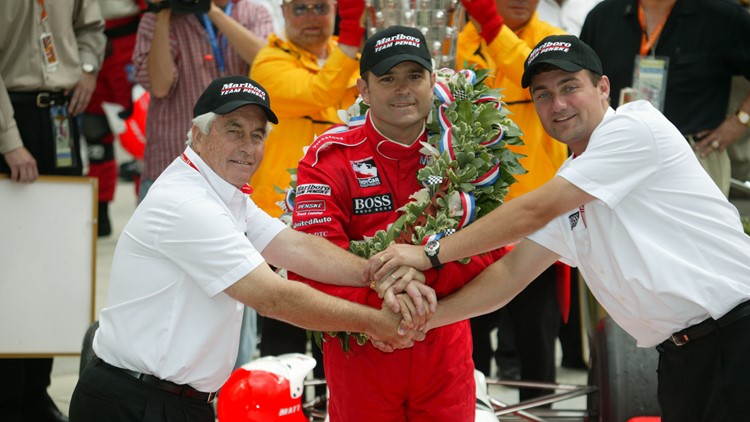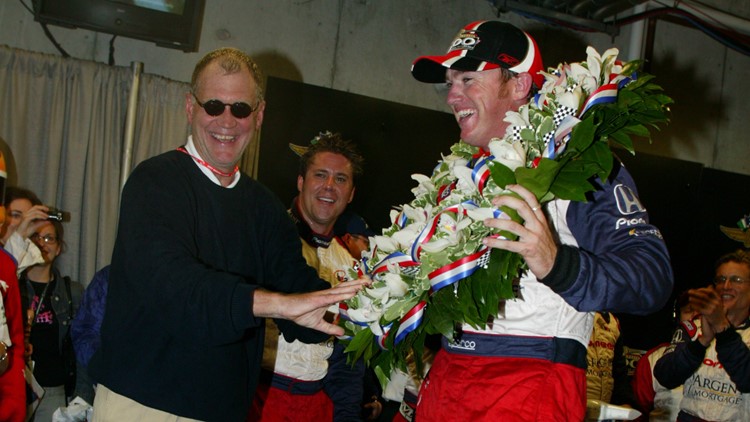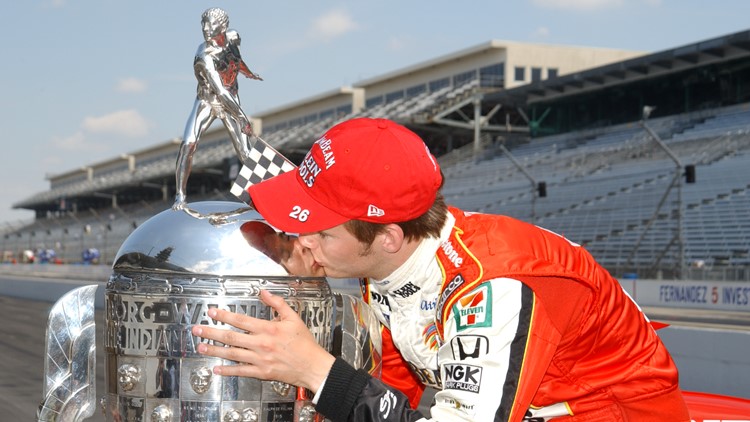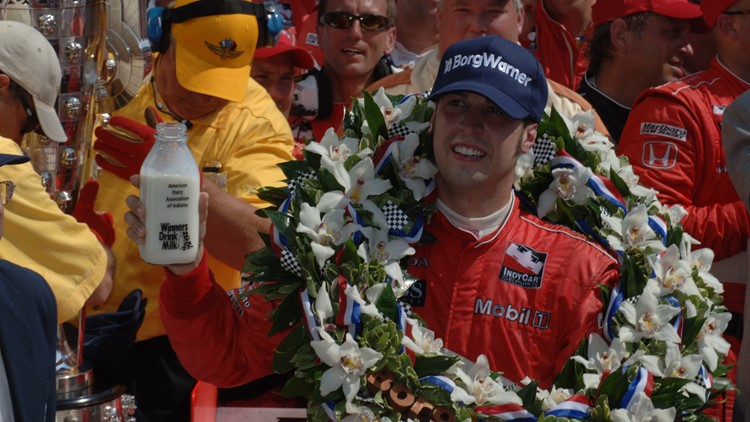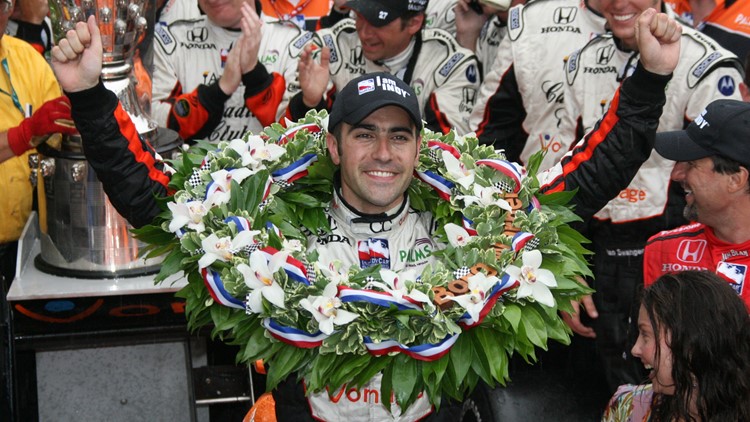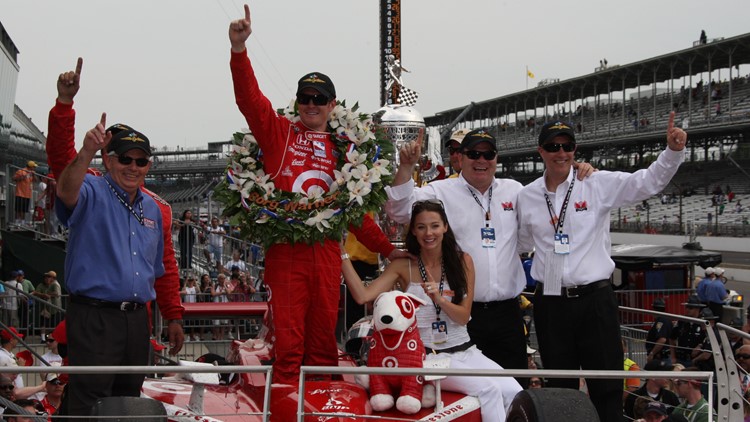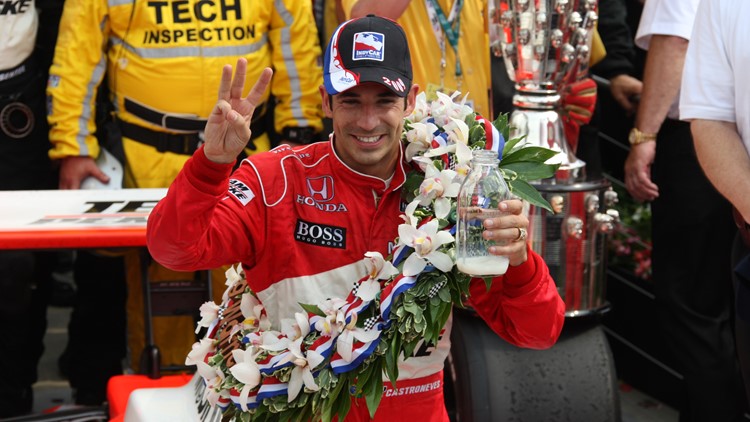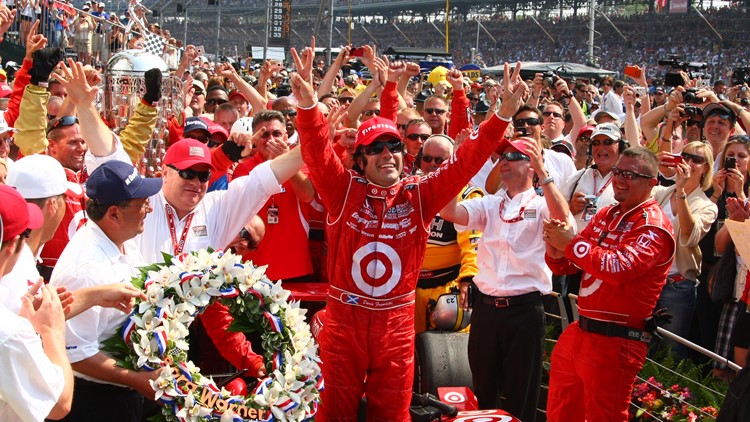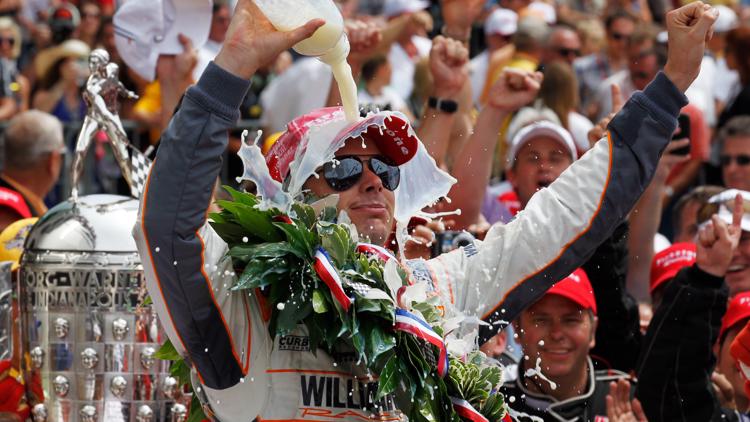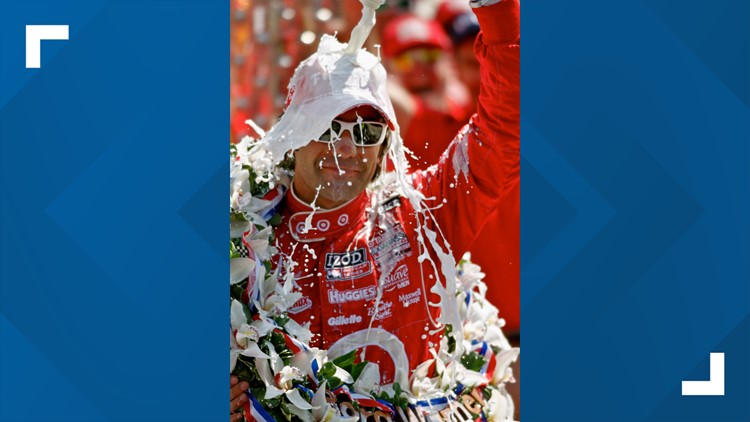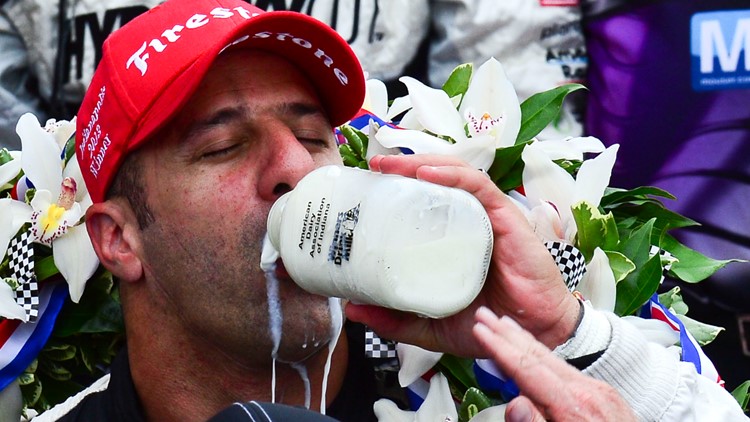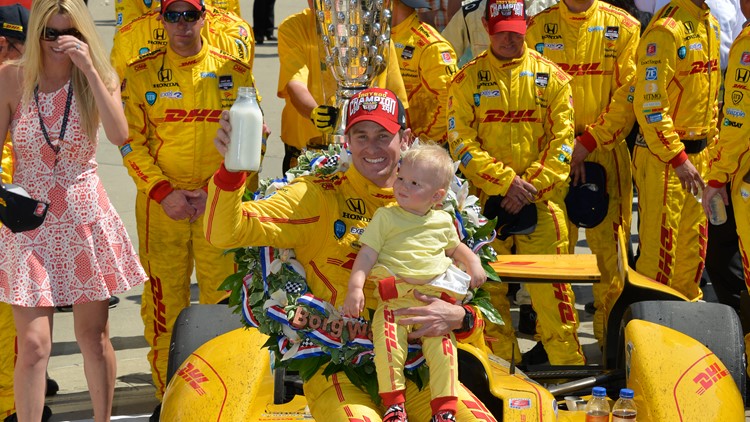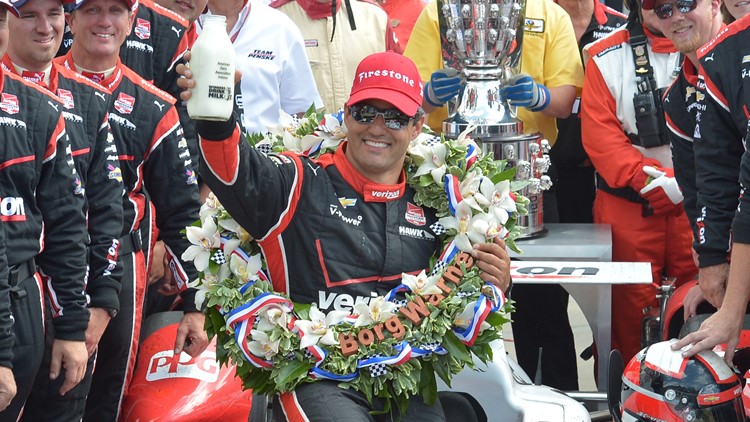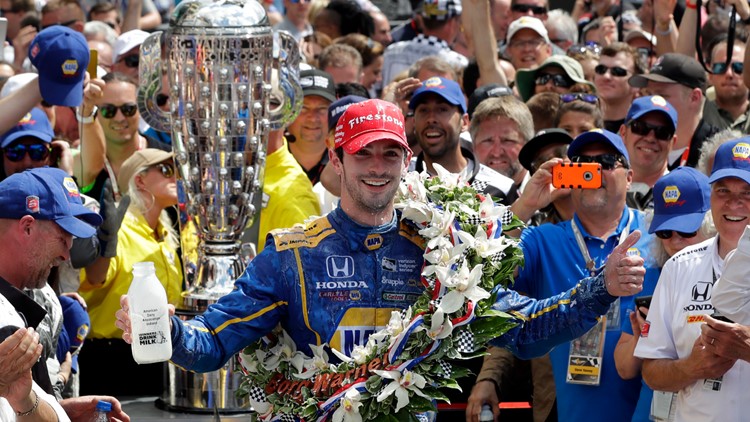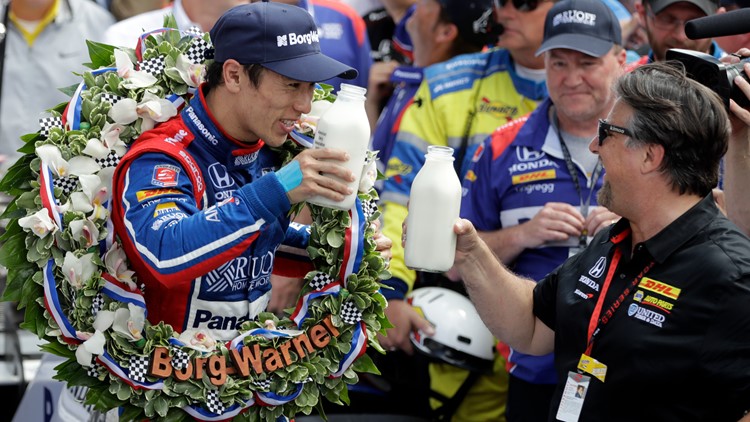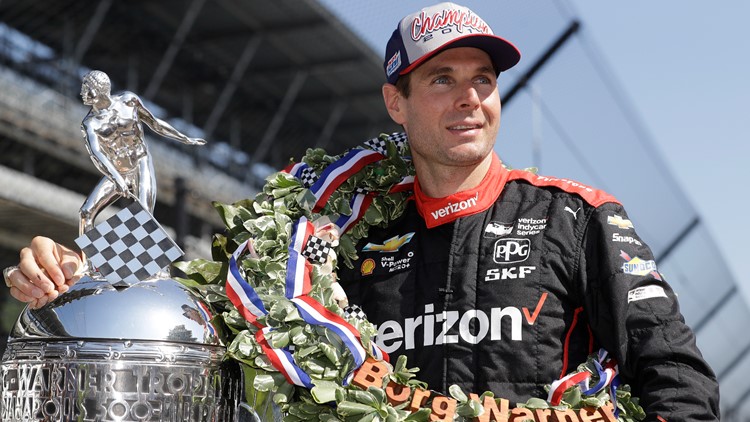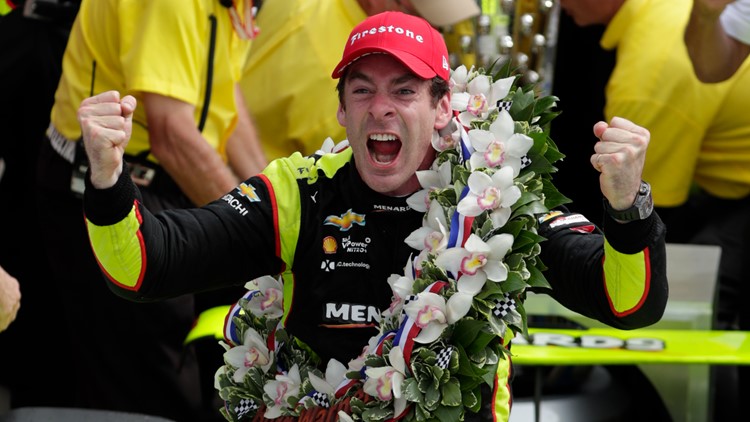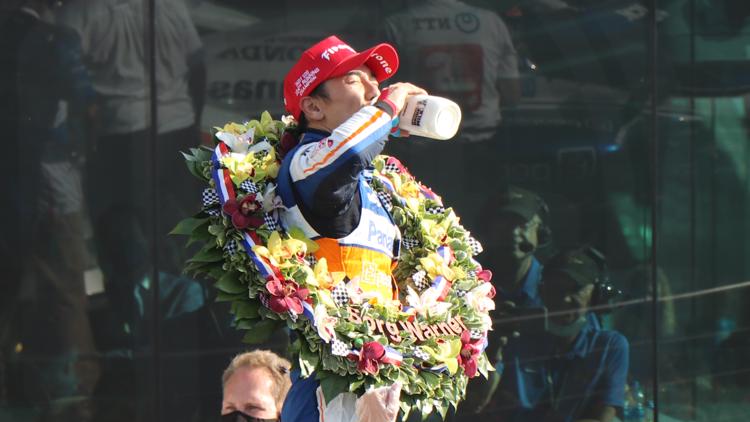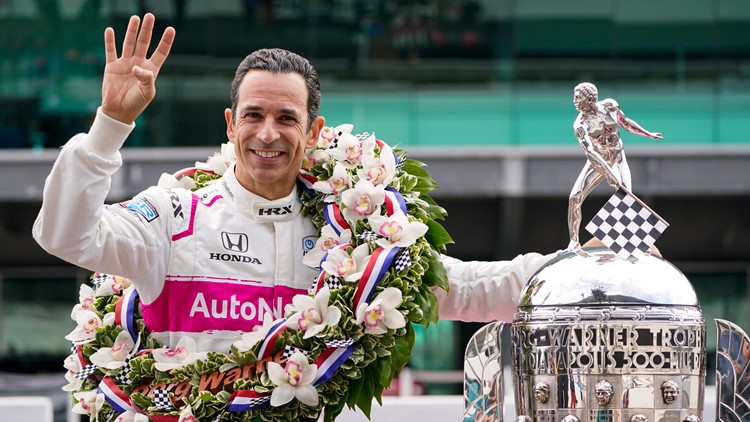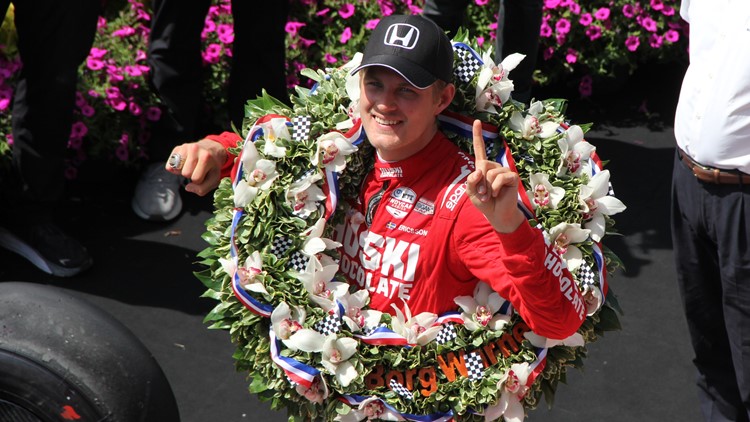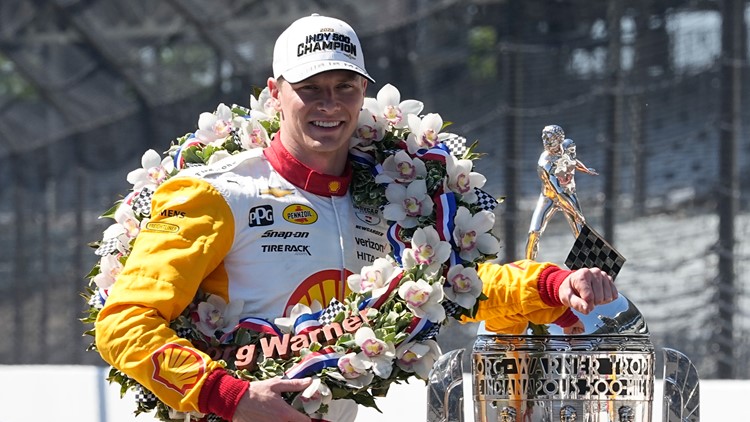INDIANAPOLIS — Here are 33 things to know ahead of the 2023 Indianapolis 500:
1. The 107th Running of the Indianapolis 500 is scheduled for Sunday, May 28, 2023. The race consists of 200 laps around the 2 1/2-mile track at the Indianapolis Motor Speedway for a total of 500 miles.
The first "500" was held May 30, 1911, and was won by Ray Harroun. The race has been held on or near Memorial Day every year, with three exceptions: No races were held in 1917 and 1918 due to World War I and from 1942 through 1945 during World War II, and was held August 23, 2020, due to the coronavirus pandemic.
Gates open at 6 a.m. on race day, with the green flag dropping at 12:45 p.m.
2. Defending champion Marcus Ericsson looks to become the first driver in more than 20 years to repeat as the Indy 500 winner. Hélio Castroneves won his first two entries into the 500 in 2001 and 2002, and no driver has defended their title since.
Only five drivers in history have won consecutive Indy 500s.
In addition to immortality, a second-straight Indy 500 win would net Ericsson nearly a half-million dollars from BorgWarner. The company started a rolling jackpot in 1995, increasing the jackpot by $20,000 each year a driver fails to repeat as champion. Only Castroneves has claimed the pot, which currently sits at $420,000.
3. Speaking of Castroneves, all eyes will again be on his pink No. 06 Meyer Shank Racing car on race day as he tries to become the first driver to win five Indianapolis 500s. In addition to the 2001 and 2002 win, Castroneves finished first in 2009, then set off a wild celebration in 2021 when he became the fourth four-time winner in race history.
4. Helio's fellow Brazilian, Tony Kanaan, is making his last run at a second Indianapolis 500 victory. The 2013 winner will race his 22nd and final 500 this month.

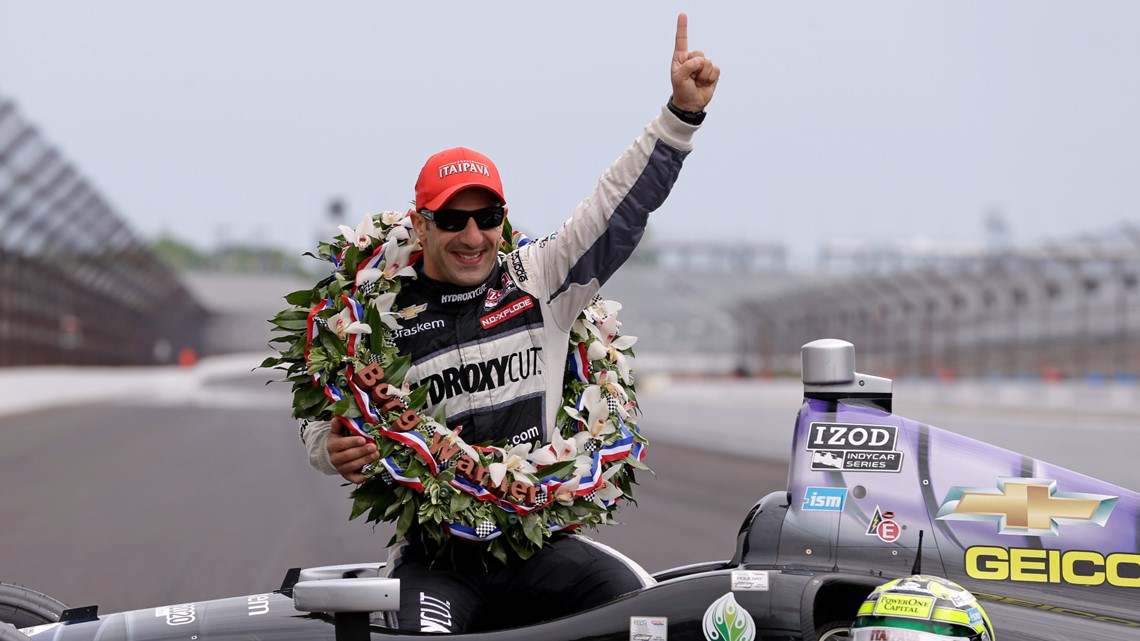
5. No drivers can join the "Four-Timers Club" this year, but one driver will have a chance to become the 11th driver to win the race at least three times.
Takuma Sato, who won the 2017 and 2020 races, will be trying to make it to Victory Lane for the third time at Indianapolis. Dario Franchitti is the most recent driver to join the three-time winners group, with his win in the 2012 race.
6. In addition to Kanaan and Ericsson, five drivers — Scott Dixon, Ryan Hunter-Reay, Simon Pagenaud, Will Power and Alexander Rossi — will be making a run at their second Indianapolis 500. In addition to the 10 drivers who have won three or more 500s, 10 others have won the race twice.
7. Seventy-four American drivers have won the Indianapolis 500, though it's been seven years since a U.S.-born driver has taken the checkered flag. Rossi won the 2016 Indianapolis 500 in his first shot at the race.
The number of American winners is slightly skewed by history, however, as U.S.-born drivers won all but nine Indy 500s from 1911 through 1988.
Thirteen Americans are slated to start this year's race.
8. Despite the pride the Indianapolis 500 brings to Hoosiers from all corners of the state, it's been more than 80 years since a driver born in Indiana has won the race.
Shelbyville's Wilbur Shaw won the race in 1937, 1939 and 1940, the last time an Indiana native stood atop the victory podium at IMS.
Noblesville native Conor Daly again carries the Hoosier flag into this year's Indy 500, as the lone Indiana-born driver in the race.

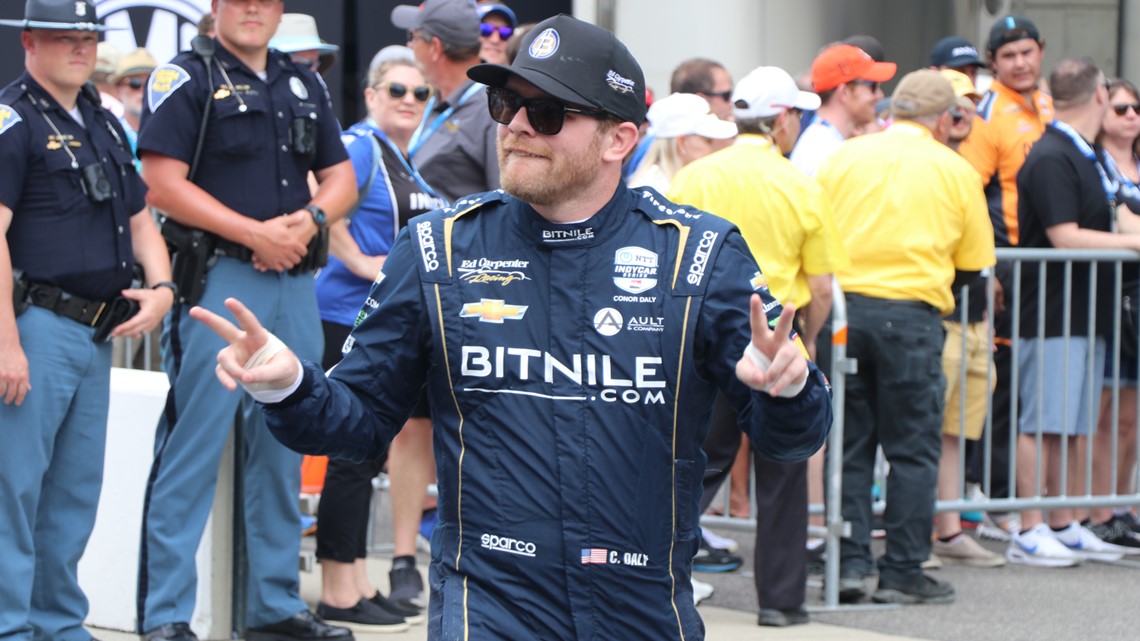
Owner/driver Ed Carpenter was born in Illinois, but the Butler University grad lists Indianapolis as his hometown and would no doubt bring the house down with a victory on May 28.
Even with an eight-decade drought, Indiana still holds a share of the record for most winning drivers and race wins. Seven different Hoosiers have won the Indianapolis 500 a total of nine times, tying Indiana with California (seven drivers) and Kansas (nine race wins).
9. Ten rookies have won the Indianapolis 500, including Castroneves and Rossi — the most recent rookie winner in 2016. Before Juan Pablo Montoya's win in 2000, it had been 34 years since Graham Hill won his debut in 1966 and 38 years before that when Louis Meyer won in his first Indy 500.
Four rookies are in the field for this year's race — RC Enerson, Sting Ray Robb, Benjamin Pedersen and Agustin Canapino.
PHOTOS: Indianapolis 500 winners
10. Robb and two other drivers have a chance to make history as the youngest driver to ever win the 500.
Troy Ruttman was 22 years and 80 days old when he won the 1952 race. Robb, Christian Lundgaard and David Malukas will all turn 22 later this year.
11. As for the old guys, Castroneves and Kanaan would become the oldest winners in race history with a win on May 28. Kanaan turned 48 on Dec. 31, and Castroneves joined him on May 10.
Four-time winner Al Unser Sr. holds the current mark, winning his fourth 500 at the age of 47 years, 360 days.

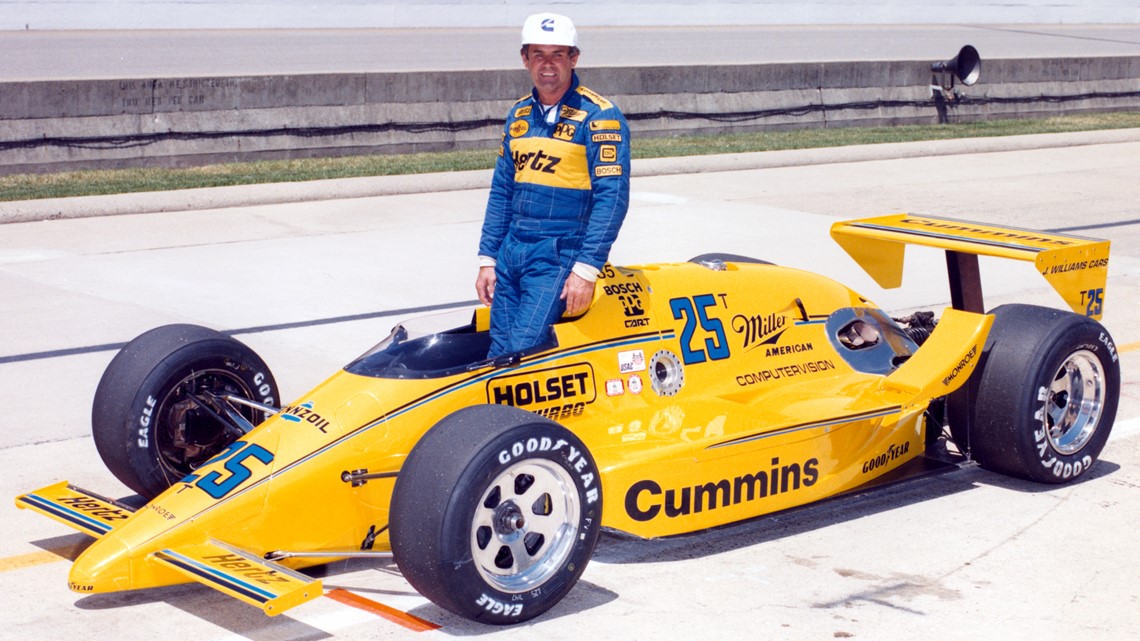
12. No matter the winner, we know the day will end with the champion drinking (and probably wearing) a cold bottle of milk on the Victory Podium.
The tradition dates back to Louis Meyer, who drank buttermilk after his wins in 1933 and 1936.
According to the Indiana Dairy Association, 28 drivers in this year's field have opted for whole milk should they win, with three drivers choosing 2% and the other two — Romain Grosjean and Katherine Legge — picking skim milk.

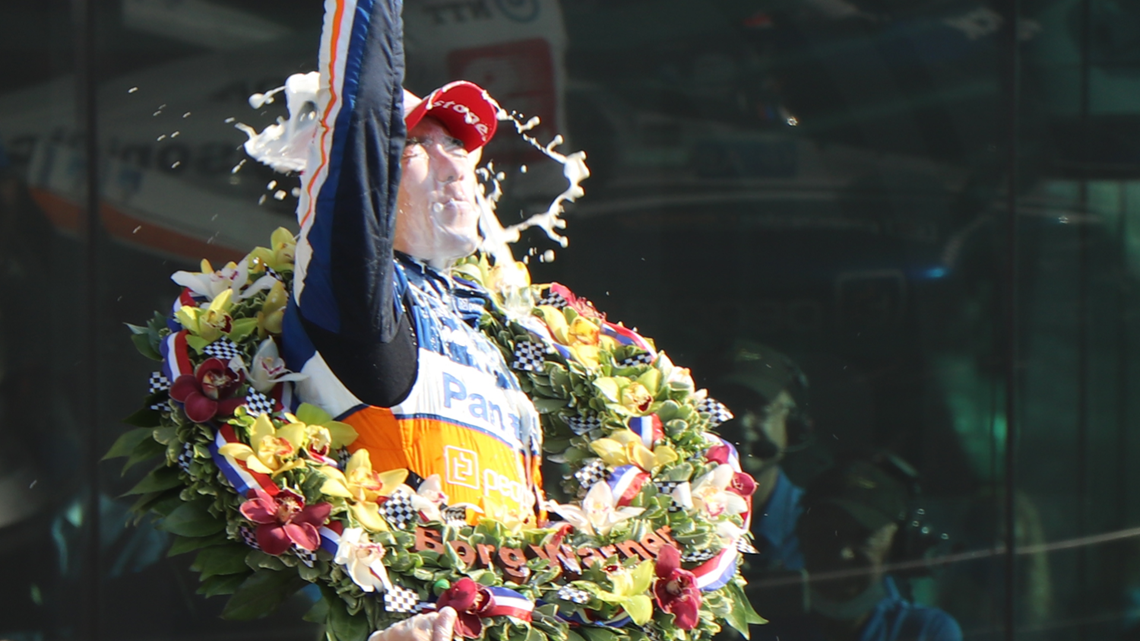
13. For the first time in two years, a female driver will take the green flag to start the Indianapolis 500. Legge, who has twice started the 500, but not since 2013, qualified 30th for this year's race.
Her four-lap qualifying average of 231.070 mph was the fastest ever by a woman at IMS, topping Sarah Fisher's 2002 mark of 229.439 mph and her fastest single lap during qualifying, 231.627 mph, bested the previous mark of 230.201 set by Simona de Silvestro in 2021.
Legge is one of nine women to drive in the Indianapolis 500. They have combined for 49 starts in the race, led by Fisher's nine races. Danica Patrick set the bar for highest starting position (4th) and highest finish (3rd) by a female driver, accomplishing both in the 2005 race.
14. The Snake Pit will again be bumping inside Turn 3 at IMS.
This year's performers include: Kaskade, Subtronics, John Summit and Jauz. DJ Diesel (aka Shaquille O’Neal) had been scheduled to appear, but had to back out due to commitments with TNT covering the NBA playoffs.
15. The final tune-up for Race Day, Carb Day, again has a full schedule of activities, including the last two hours of practice before the 500 and the pit stop challenge before Bryan Adams takes the infield stage for the May 26 concert.
Alternative rock band Soul Asylum will open the show.
16. "Encanto" and "Brooklyn Nine-Nine" actress Stephanie Beatriz will preside over pre-race festivities on Sunday as grand marshal of the Indianapolis 500.
Jim Cornelison returns to sing "(Back Home Again in) Indiana," a role he has filled since 2017, moments after Jewel sings the national anthem following driver introductions.

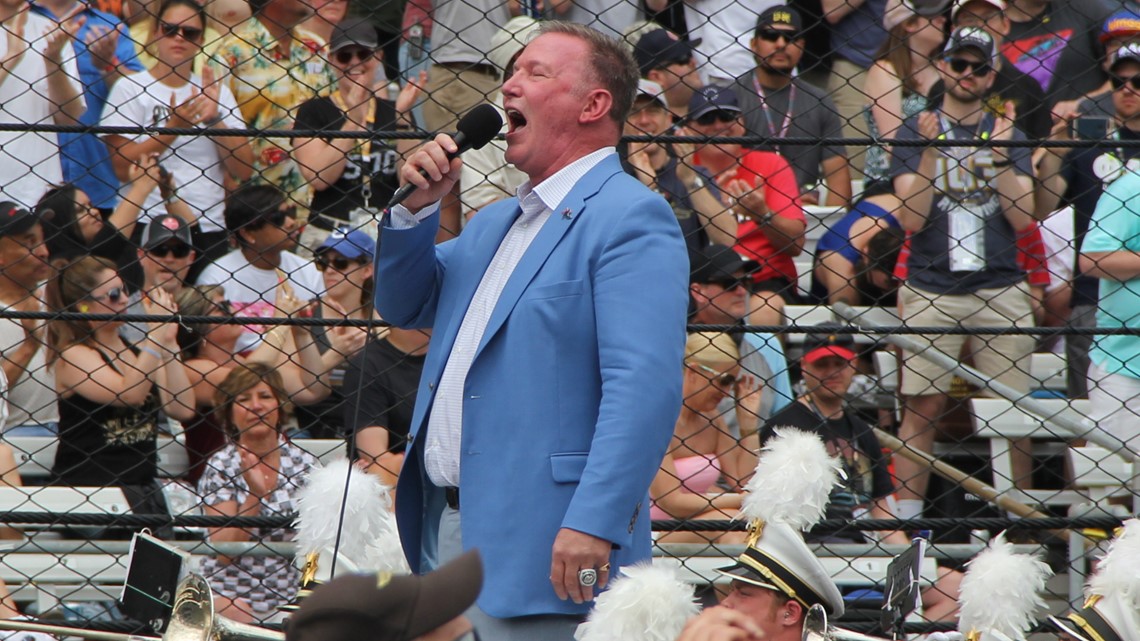
17. Indianapolis native Angela Brown will bring her world-renowned operatic talents back to her hometown to sing "God Bless America" before the race. She also performed the song before the 2017 race.
18. The field will be led to the green flag by the 70th Anniversary Edition 2023 Corvette Z06, which was unveiled May 10.
The field will be paced by a "Pacer," as Indiana Pacer Tyrese Haliburton drives the pace car to begin the race.
19. The 33 drivers will take the green flag at the start of the race from another "Driver."
Actor Adam Driver, a Mishawaka High School graduate who studied for one year at the University of Indianapolis, will wave the green flag to start the race.
Driver has twice been nominated for an Academy Award and is known for his role as Kylo Ren in the Star Wars sequel trilogy.

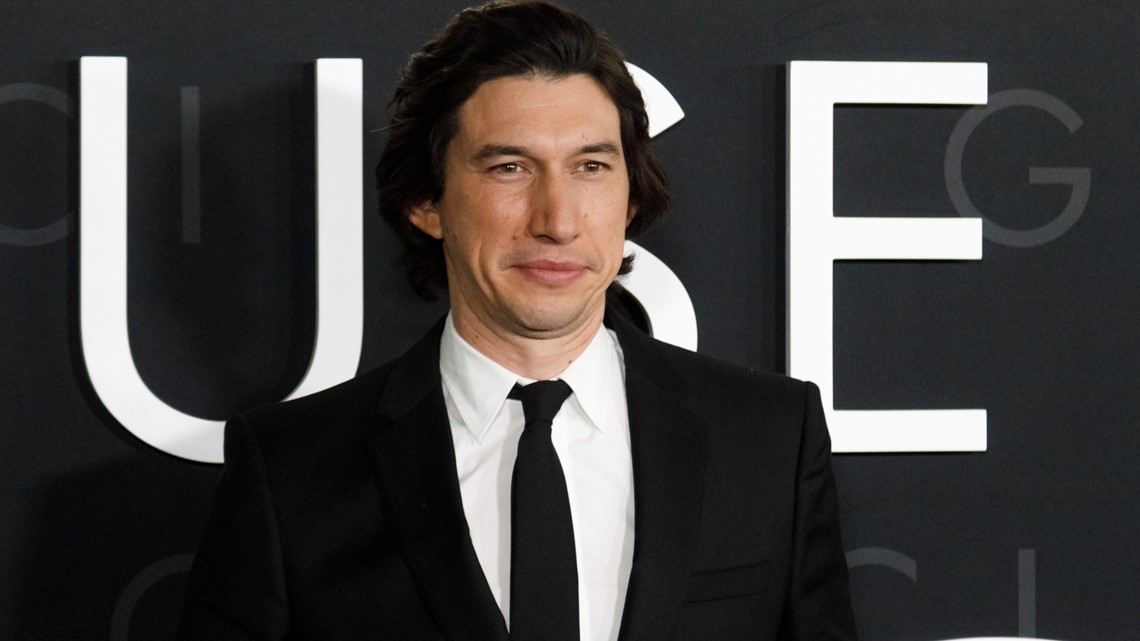
20. Scott Dixon fell short in his quest for a record third-straight pole position for the Indy 500. Instead, his Chip Ganassi Racing teammate Alex Palou stole the show.
His qualifying average of 234.217 mph is the fastest pole qualifying effort in history. Arie Luyendyk's 236.986 mph average on the second day of qualifying in 1996 is the only qualifying average faster than Palou's, but since it came on the second day of qualifying, Luyendyk was not eligible for the pole.
Palou's average broke Dixon's record set last year.
Palou edged out Rinus VeeKay and Felix Rosenqvist in the closest front row in Indy 500 qualifying history. Just .103 mph separated the top three drivers.
The entire field is the fastest in history, averaging 232.184 mph across 33 drivers, more than a mile per hour faster than last year's record average for the field.
21. Dixon has led at least one lap in 15 of the 20 Indianapolis 500s he has entered, a mark he shares with 2013 winner Tony Kanaan, who will be making his 22nd start this year.
Last year, Dixon became the all-time lap leader in Indianapolis 500 history, having now led 665 laps in his career.
Kanaan has led 352 laps in his Indy 500 career, currently 14th most in race history. He would have to lead at least 88 laps in this year's race to move into the top 10 all-time.
Castroneves has led at least one lap in 13 races at Indianapolis, tying him with fellow four-time winner A.J. Foyt.

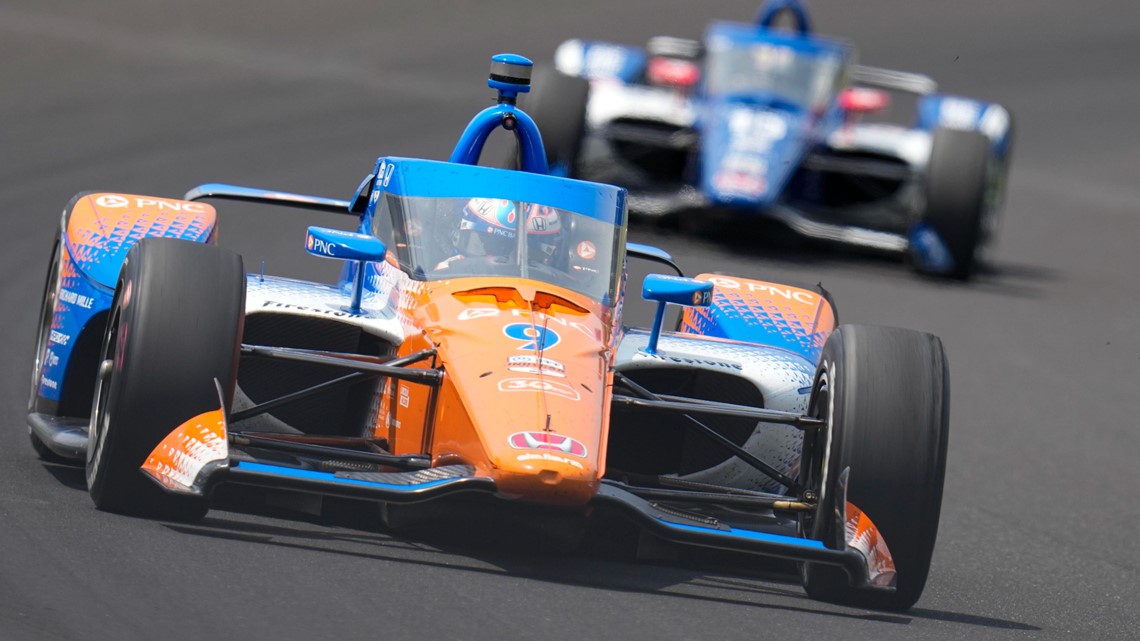
22. Once again this year, cash is no longer king at the Indianapolis Motor Speedway.
IMS announced last year the track is going "cashless" during the month of May, with only credit/debit card purchases or payments by phone being accepted inside the track.
If you find yourself with only cash on hand, "Cash-to-Card" machines are available to transfer the money to a debit card that can be used at IMS gift shops and concession stands, then anywhere MasterCard or Visa debit cards are accepted.
You can still use cash for parking and gate admission.
23. Race weekend continues away from the track with the AES 500 Festival Parade on the streets of downtown Saturday, May 27.
Nine marching bands will join the parade through the streets of downtown, which will also include Grand Marshal Frank Shorter, state and city leaders and the 33 drivers who will race in the 107th Running of the Indianapolis 500.
Others featured in the parade include Sarah Fisher O'Gara, who competed in nine Indianapolis 500 as a driver and later as a team owner, IMS president Doug Boles, Indiana Teacher of the Year Tara Cocanower, members of the Indy Eleven and six people who have run every OneAmerica 500 Festival Mini-Marathons since the race began in 1977.
The parade starts at 11:45 a.m. and will be broadcast locally on Channel 13 and nationally on the Peacock streaming service.

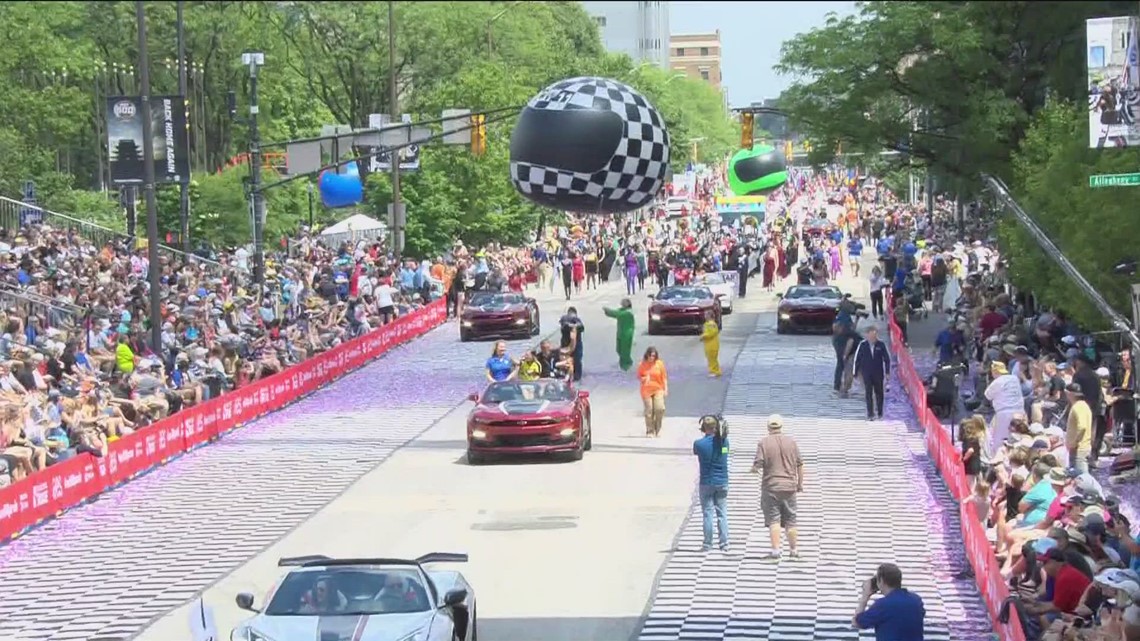
24. While you're downtown for the parade, you'll notice several streets may have new names.
Thirty-three street signs were posted in recent weeks honoring the drivers in the field for this year's race.
Here's where you can find your favorite driver's sign.
25. Whether or not he wins his fifth Indy 500, Hélio Castroneves will likely check off another milestone shortly after the start of this year's race.
He has completed 4,198 race laps in his career in the Indianapolis 500, totaling 10,495 miles. He will need to complete just two laps to reach the 10,500-mile plateau. He is 158 laps behind Al Unser Sr. for the second-most laps completed in Indy 500 history. Only Foyt has completed more (4,909 laps for 12,272 1/2 miles).
26. Ed Carpenter will be entering his 20th Indianapolis 500, but is still looking for his first win.
Only George Snider (22 starts) and Gary Bettenhausen (21) have started more Indy 500s without claiming victory.

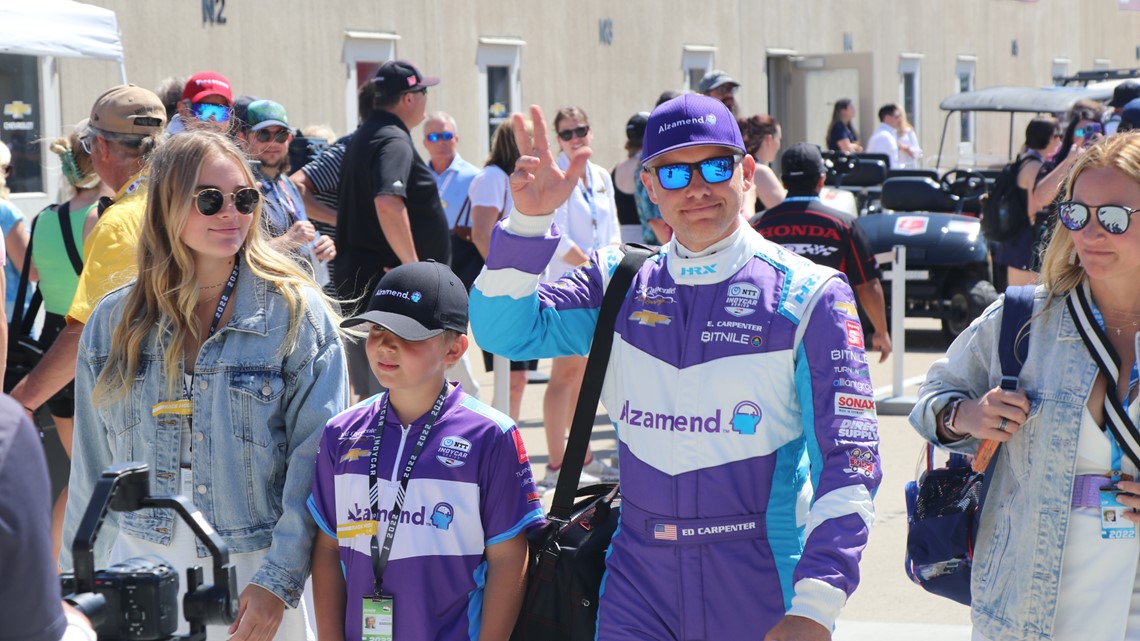
Carpenter has led in seven of his 19 starts for a total of 146 laps and has finished in the top 10 six times, including three top-5 finishes. He finished second to Will Power in the 2018 race. He has started from the pole position three times.
27. If you can believe it, this year's race will be Marco Andretti's 18th start in the Indy 500, two more than his father, Michael.
Marco finished second in his first 500 and has added four more top-five finishes to his resume, along with the pole position in 2020, but like his father, he's never won. Michael Andretti's 431 laps led remains the most by a driver without a win in the 500.
Among active drivers without an Indy victory, Marco Andretti has led 144 laps, two behind Carpenter's 146.
28. The driver who has started from the pole has won the Indy 500 21 times, more than any other starting position. The front row has combined to win 45 races, with the second place qualifier winning 11 times and third place 13.
The highest starting position to never have won the Indy 500? 18th — the spot occupied by 2014 champ Ryan Hunter-Reay in this year's race.
The other starting spots that have yet to visit Victory Lane: 23rd, 24th, 26th, as well as spots between 29 and 33.
29. A note for the numerologists looking to pick a winner in this year's race: Cars sporting No. 3 have visited Victory Lane more often than any other number, with 11 wins, including three of Hélio Castroneves' four victories.
Second is the No. 2 car with nine wins, last in 2015 with Juan Pablo Montoya, and the No. 1 car has the third-most wins of any number, but hasn't been driven to victory since Al Unser's third of four wins in the 1971 race.
There is no No. 1 car entered in this year's race. Josef Newgarden drives the No. 2 and his fellow "Bus Bro" Scott McLaughlin will race the No. 3.

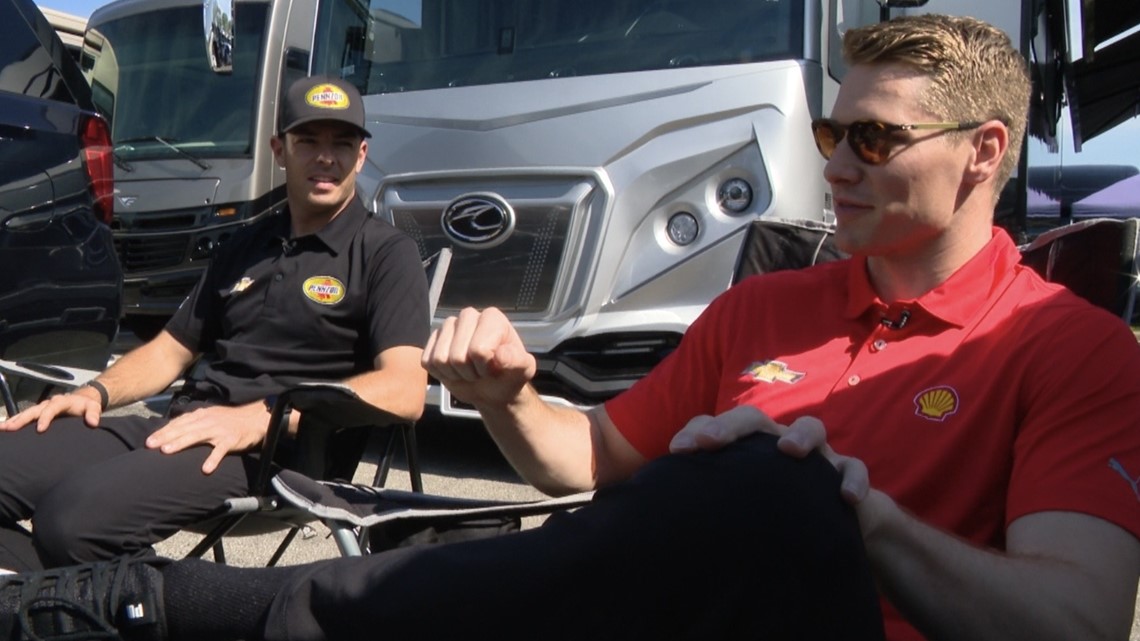
30. Still looking for a number angle? Consider this: The last nine Indianapolis 500 winners have driven a car with an even number.
2022: No. 8 Marcus Ericsson
2021: No. 06 Hélio Castroneves
2020: No. 30 Takuma Sato
2019: No. 22 Simon Pagenaud
2018: No. 12 Will Power
2017: No. 26 Takuma Sato
2016: No. 98 Alexander Rossi
2015: No. 2 Juan Pablo Montoya
2014: No. 28 Ryan Hunter-Reay
31. Eyes will be on the sky long before the flyover roars over the front stretch at the beginning of the race.
While the goal is to complete 200 laps for 500 miles, the race becomes "official" after 101 laps (252 1/2 miles) — just past the halfway point.
That's almost exactly what happened in 1976, when Johnny Rutherford took the checkered flag after just 102 laps due to rain.
A total of seven races, including that 1976 500, have been shortened due to rain:
1926: 160 laps
1950: 138 laps
1973: 133 laps
1975: 174 laps
1976: 102 laps
2004: 180 laps
2007: 166 laps
32. If the rain stays away, the next concern is the temperature.
The hottest Indy 500 on record took place in 1937, when the temperature reached 92 degrees. More recently, the races in 2012 and 2018 were run in 91-degree heat.
The coldest high temperature on race day came in 1967, when the high got to just 70 degrees in Indianapolis.
RELATED: Live Doppler 13 Forecast
33. If you're thinking about leaving early to beat the traffic, think again.
Eleven times in the last 14 races, a driver who led the 500 in the final 10 laps failed to win the race. And while Marcus Ericsson grabbed the lead on Lap 189 last year, he battled with Pato O'Ward over the final 10 laps, including a restart after the race was red flagged with four laps to go.
Then, of course, there was the 2011 race, when Dan Wheldon passed JR Hildebrand on the final front stretch after Hildebrand hit the wall in Turn 4 on the last lap of the race. It was the only time Wheldon led in the race, setting the mark for the fewest laps led by an Indy 500 winner.

